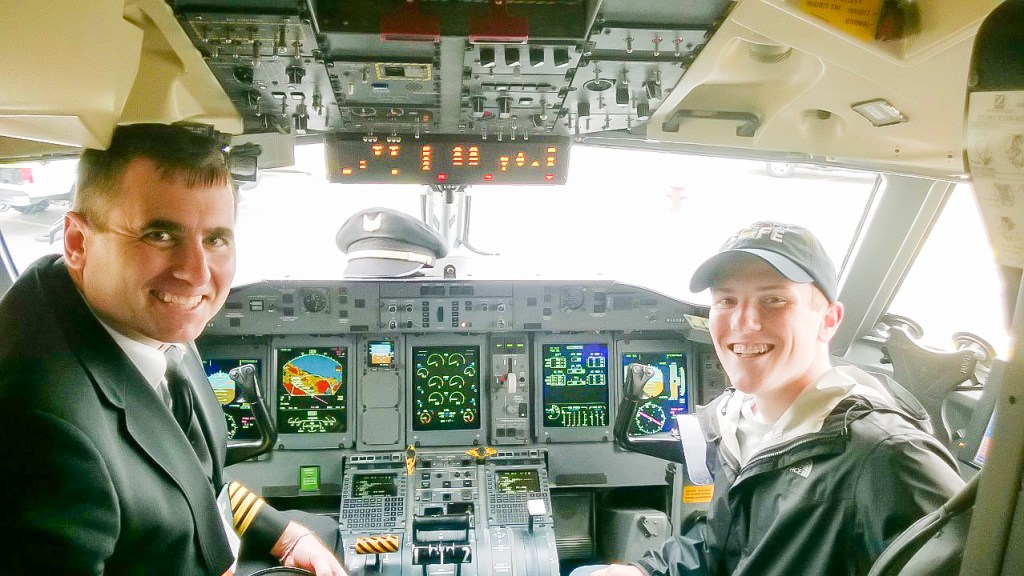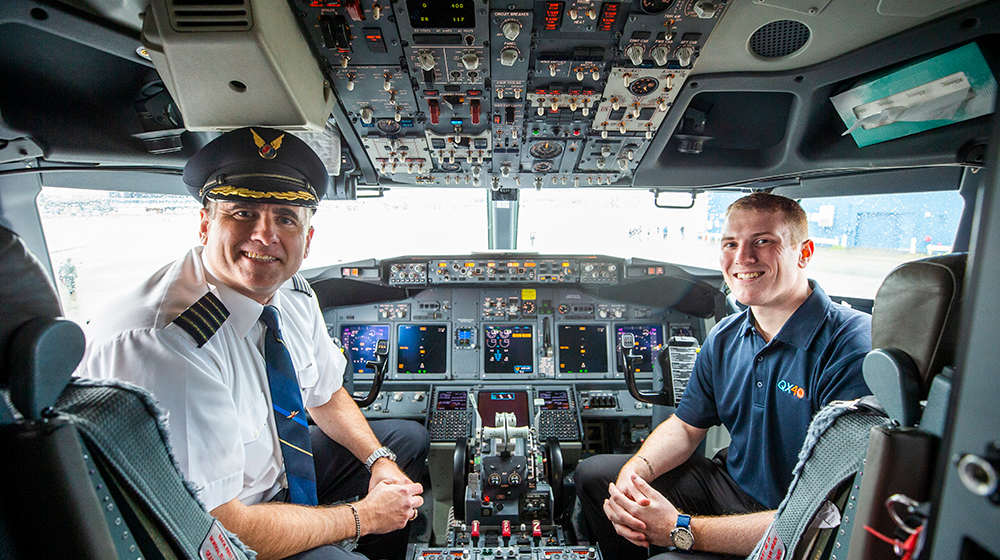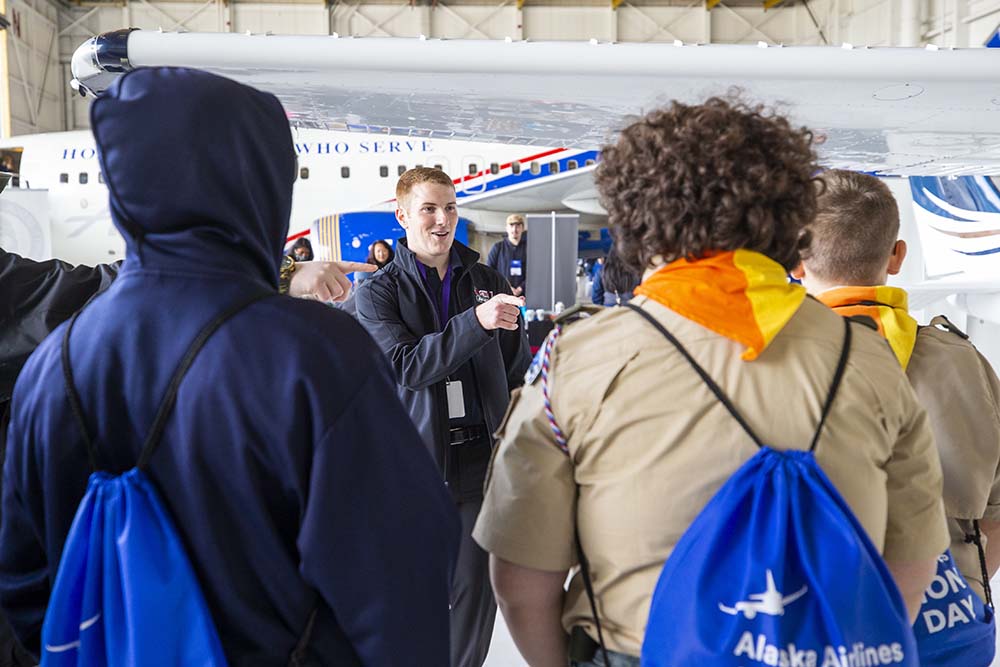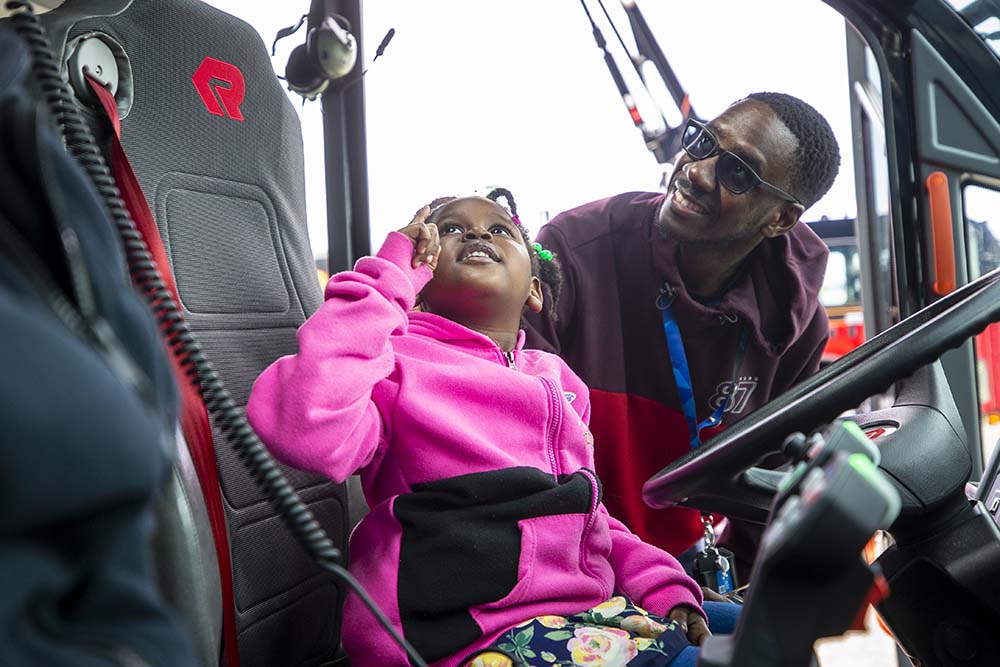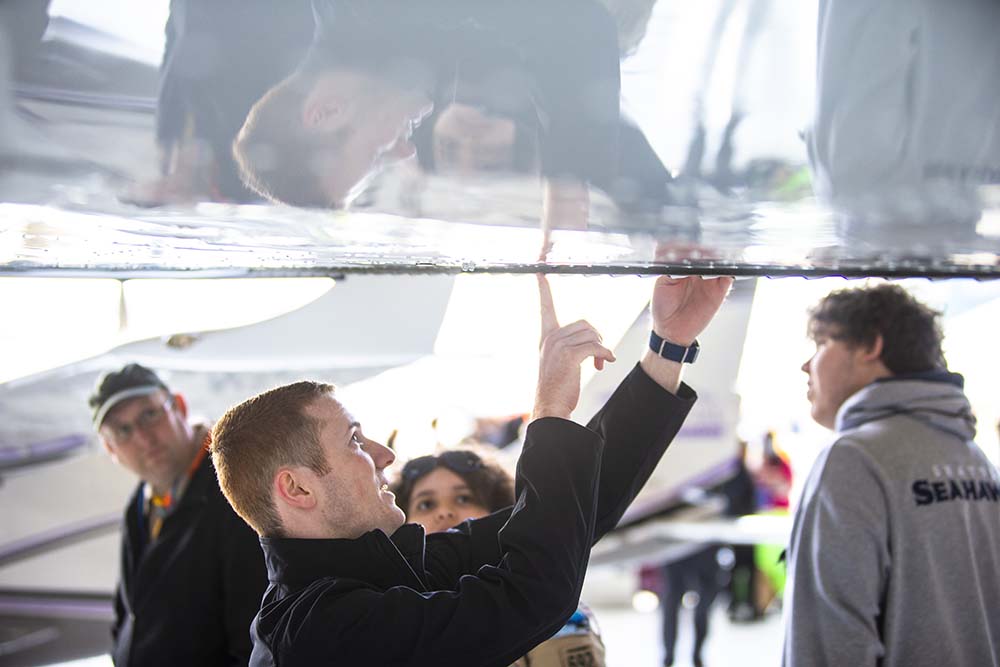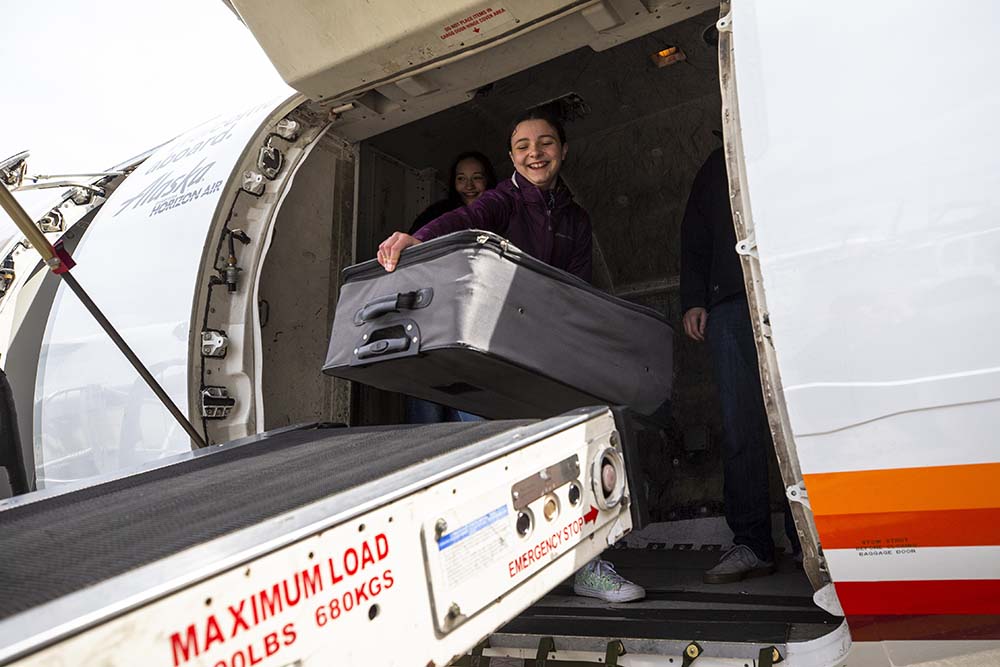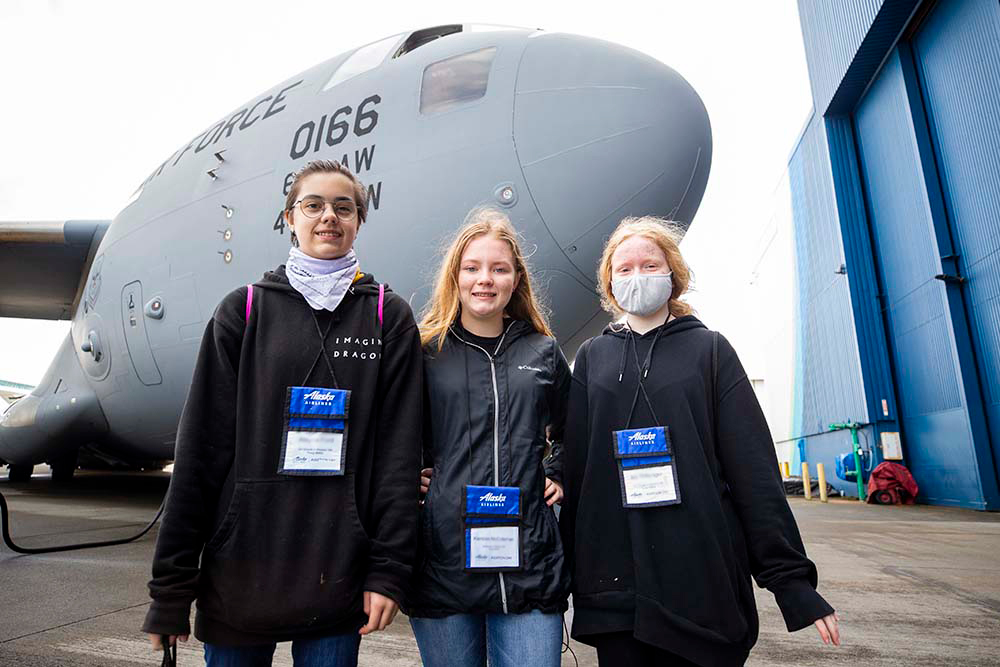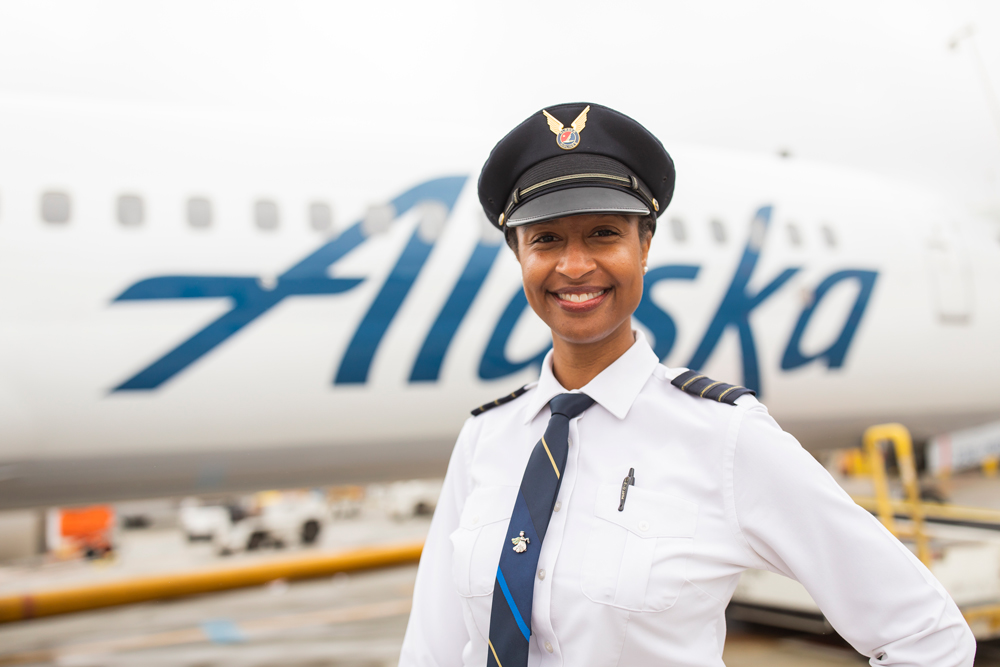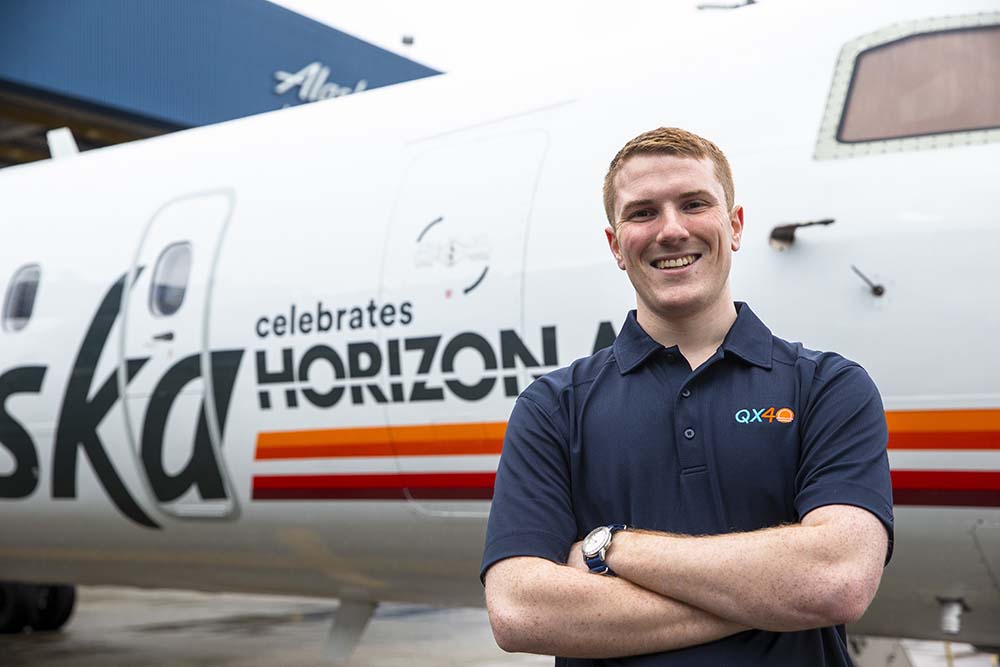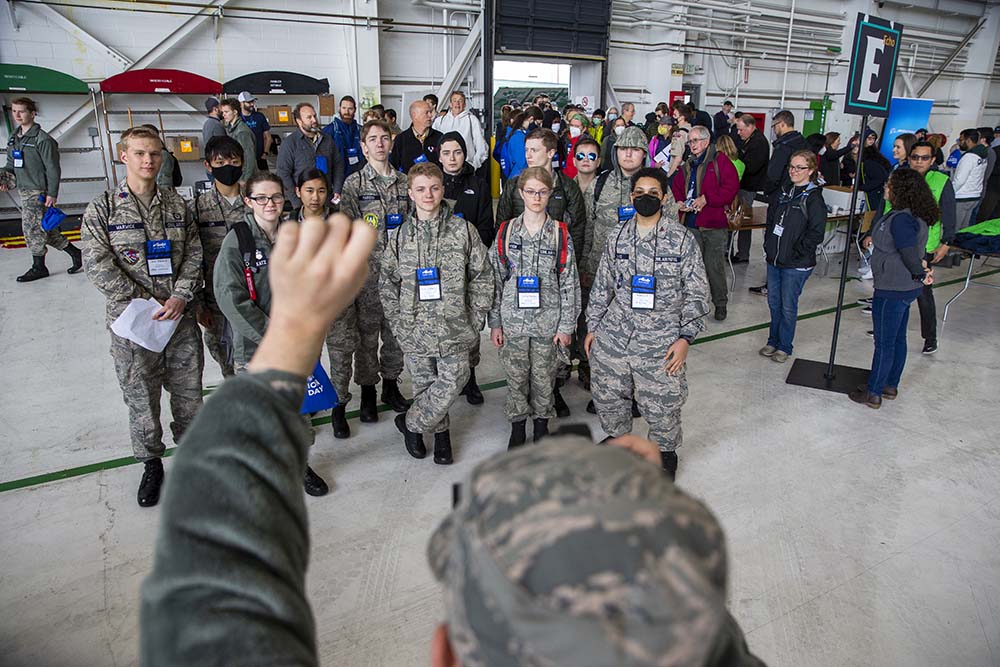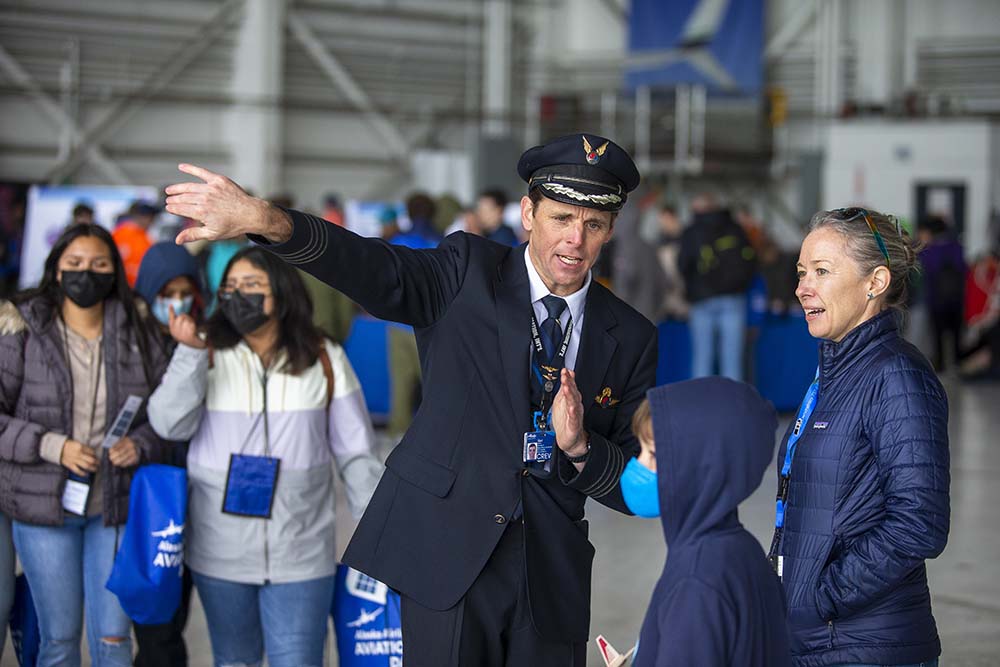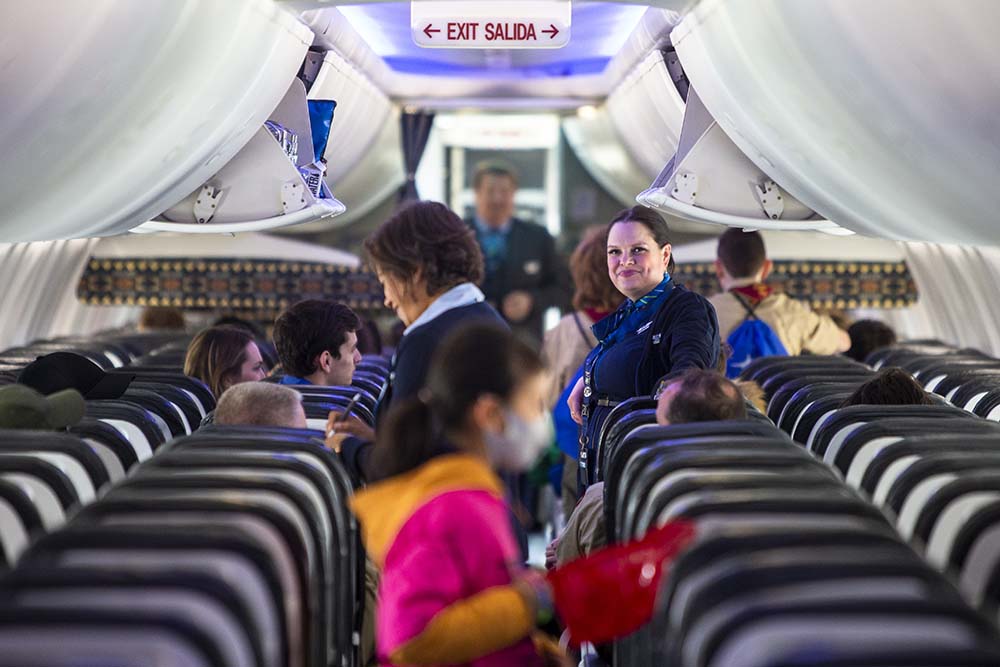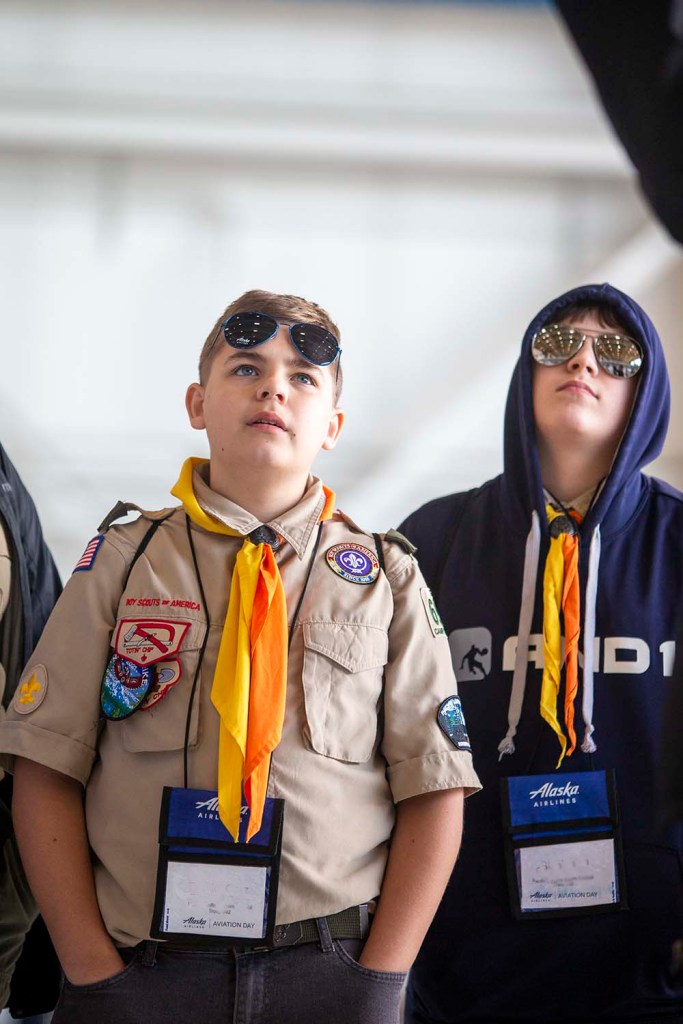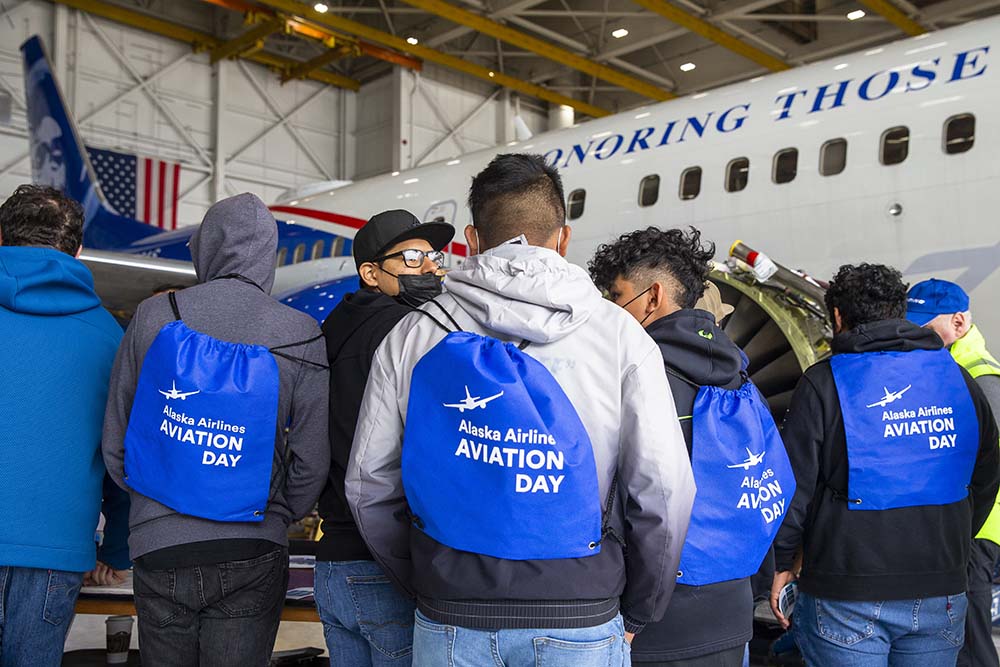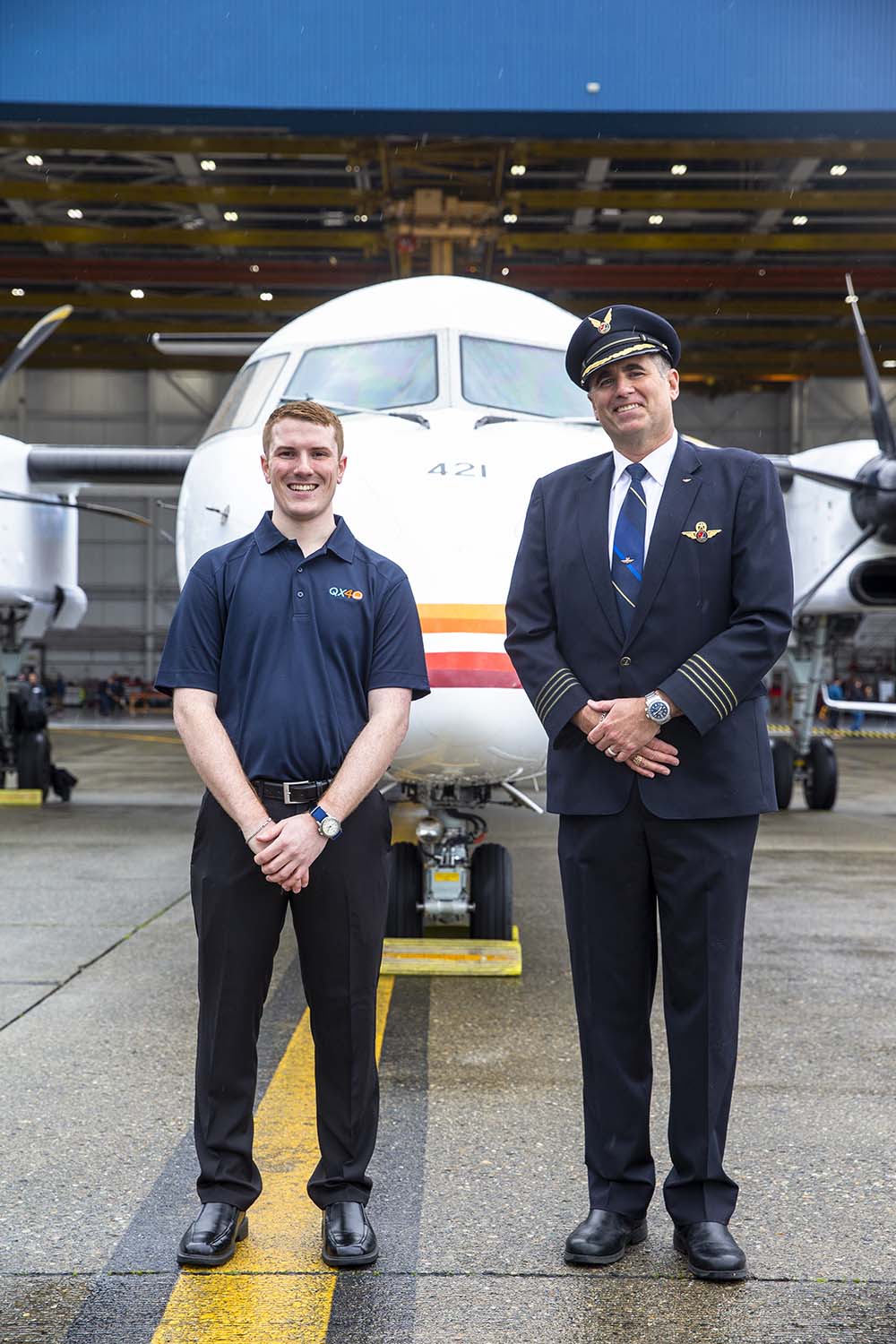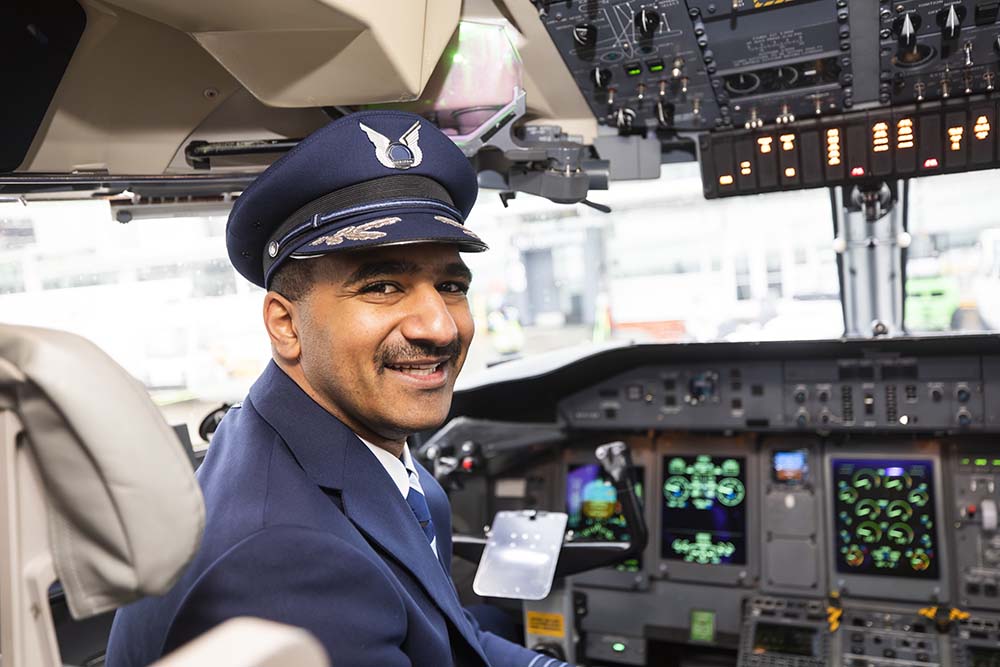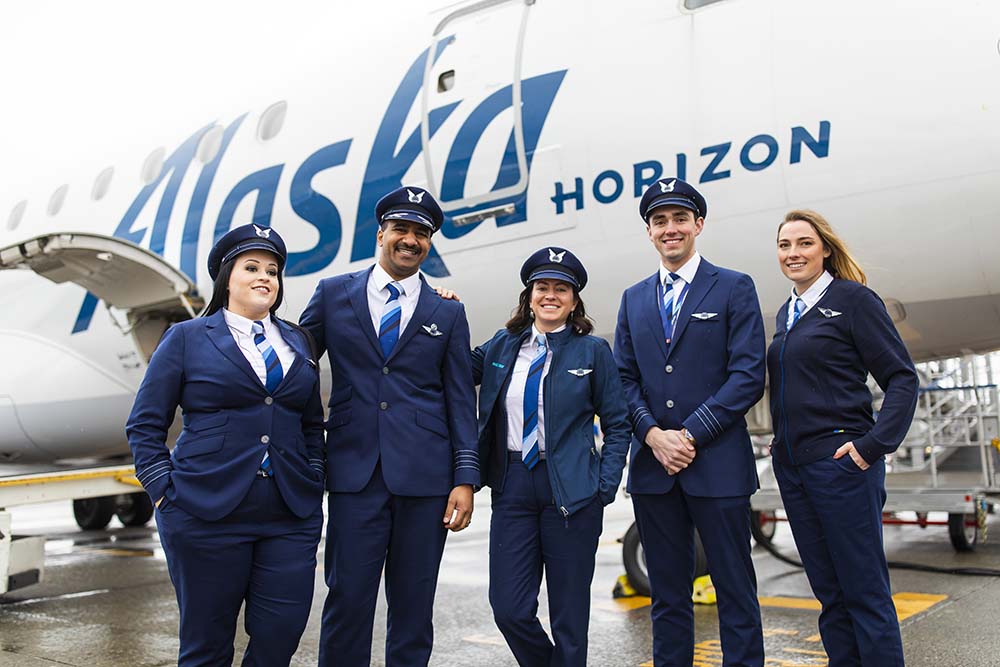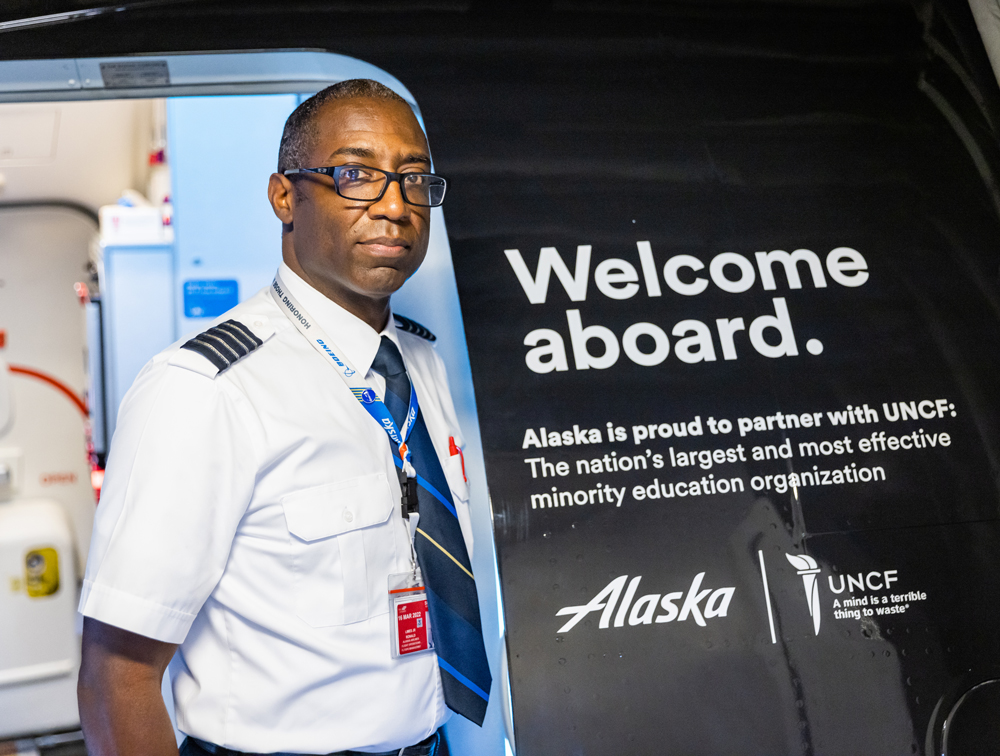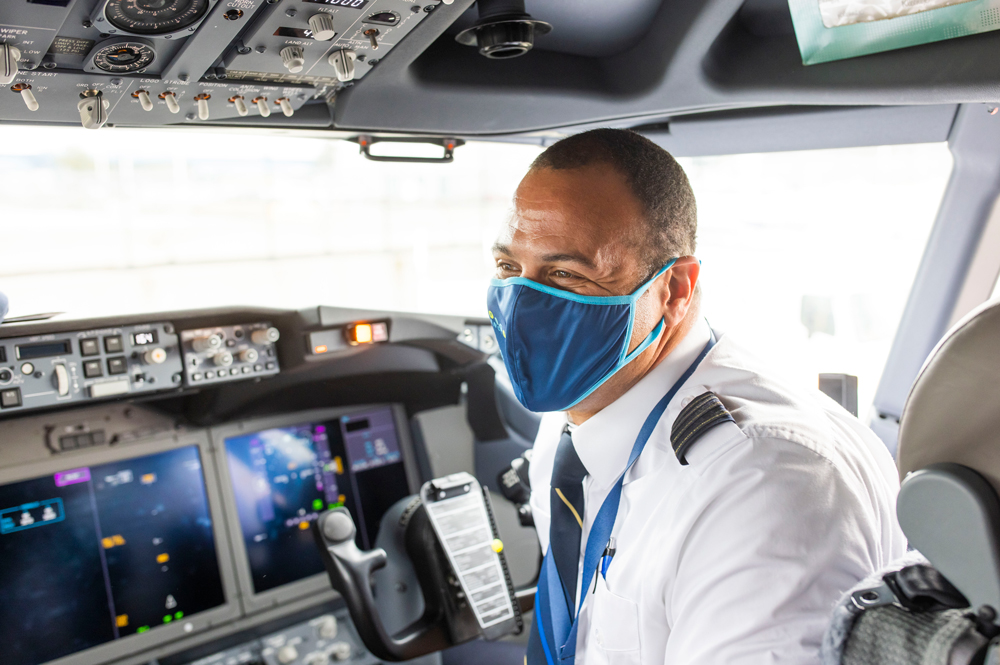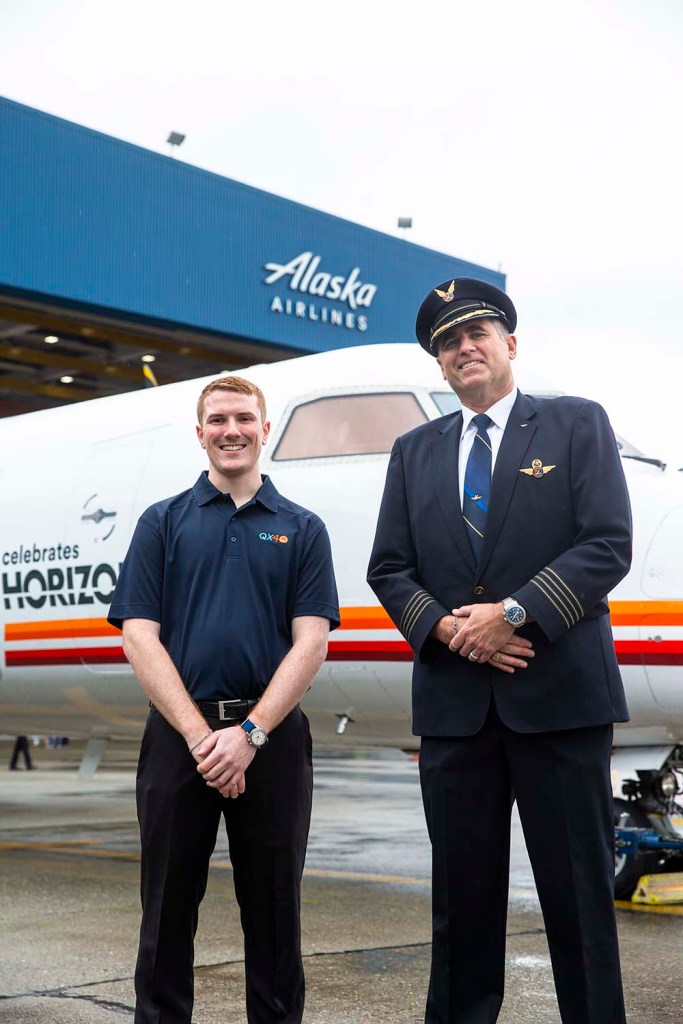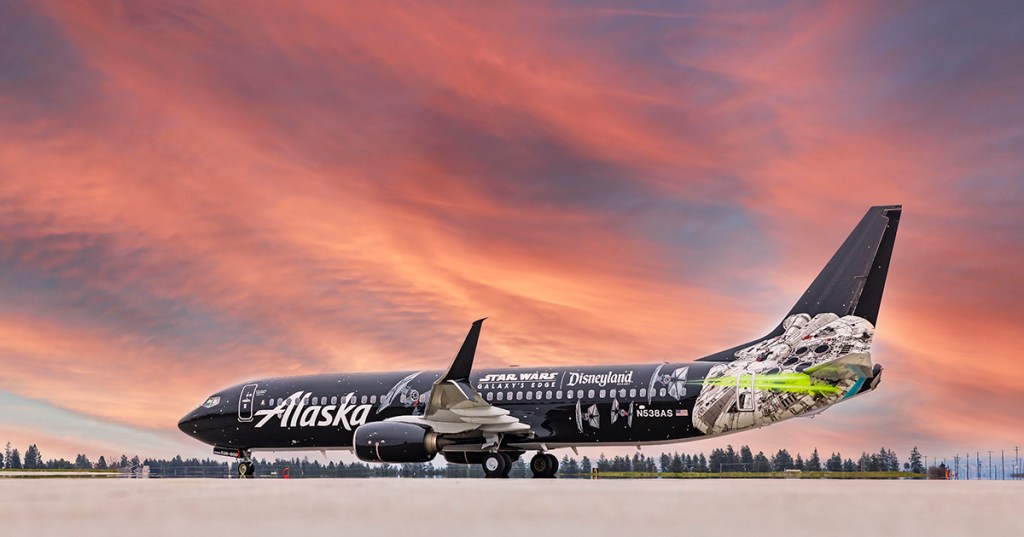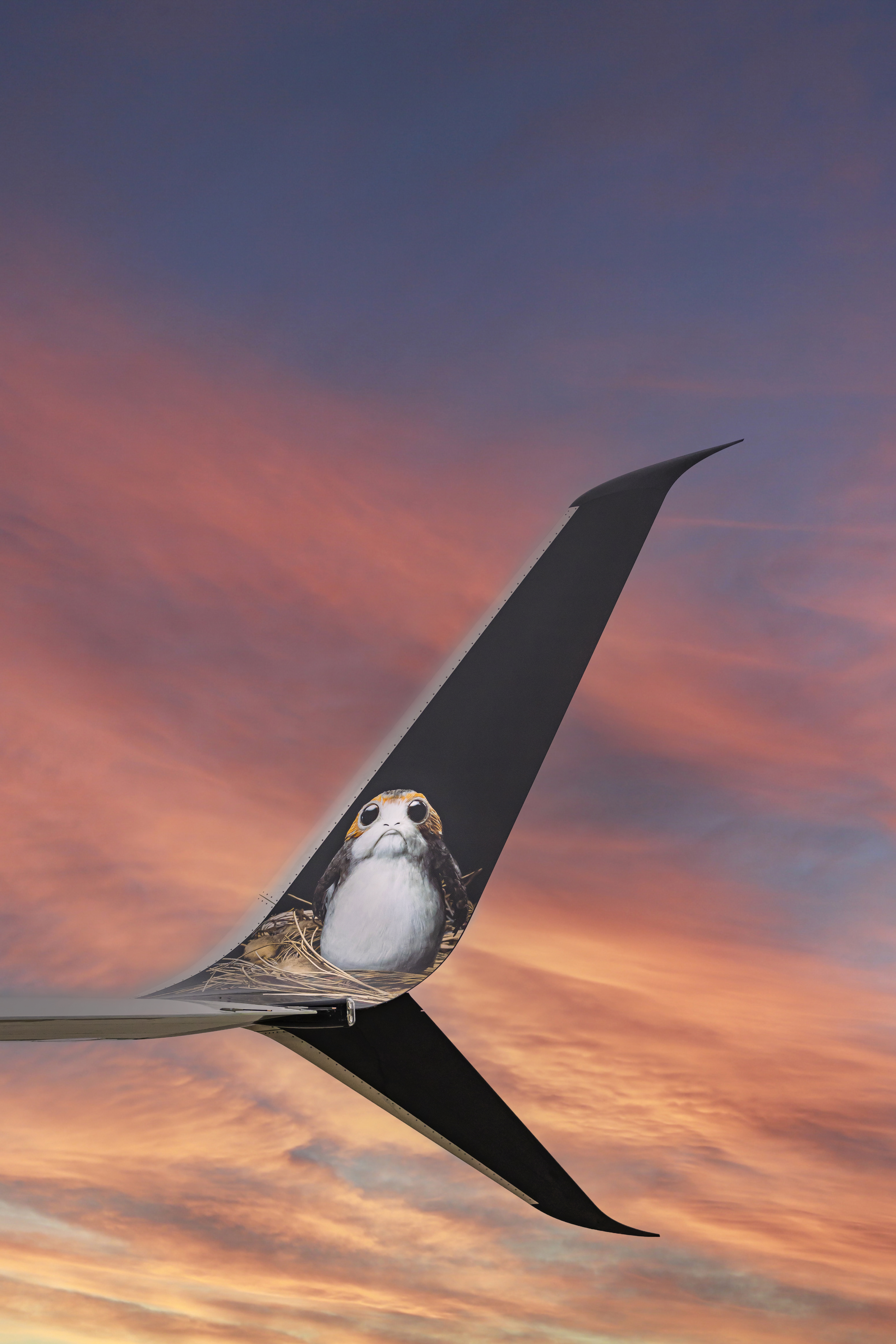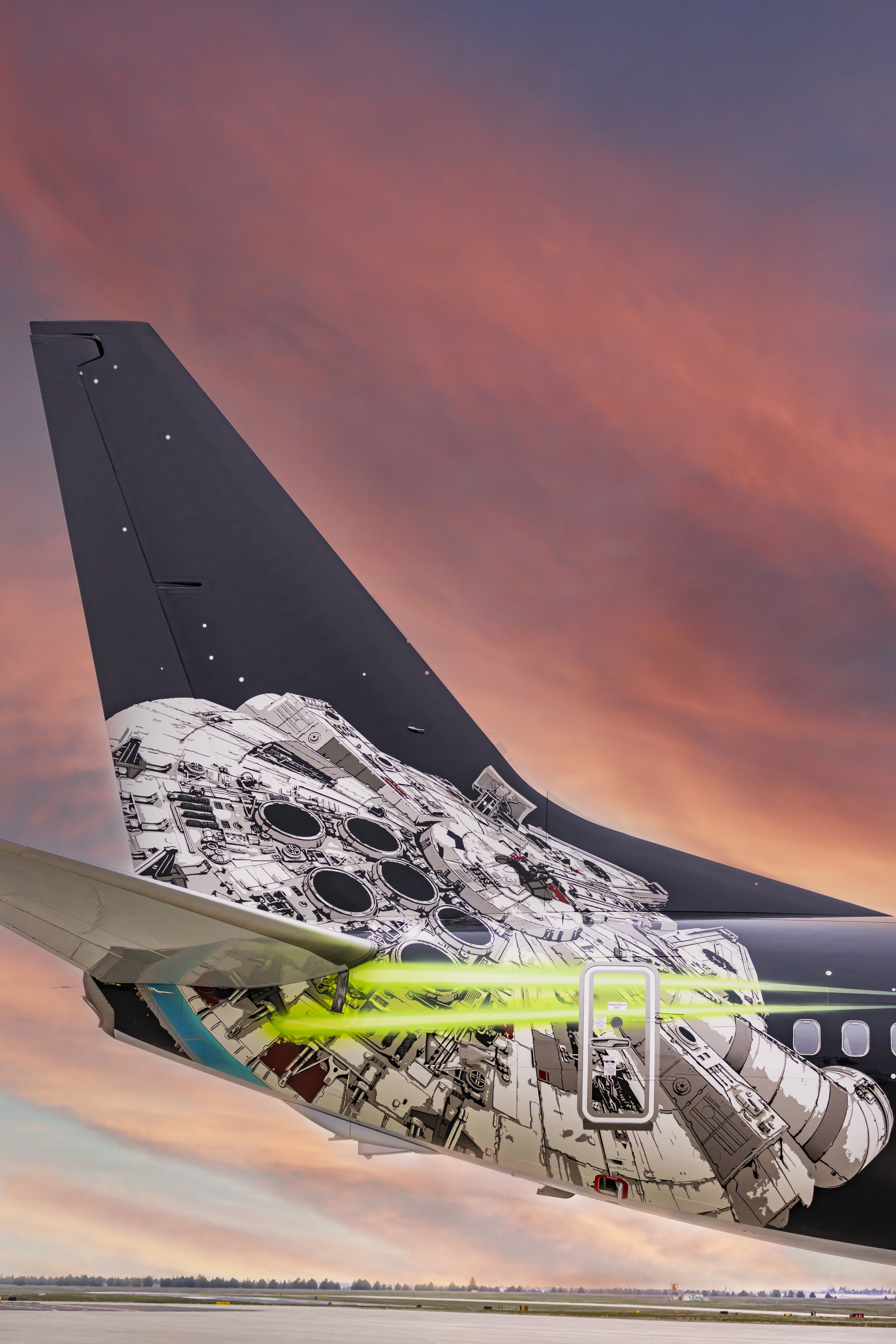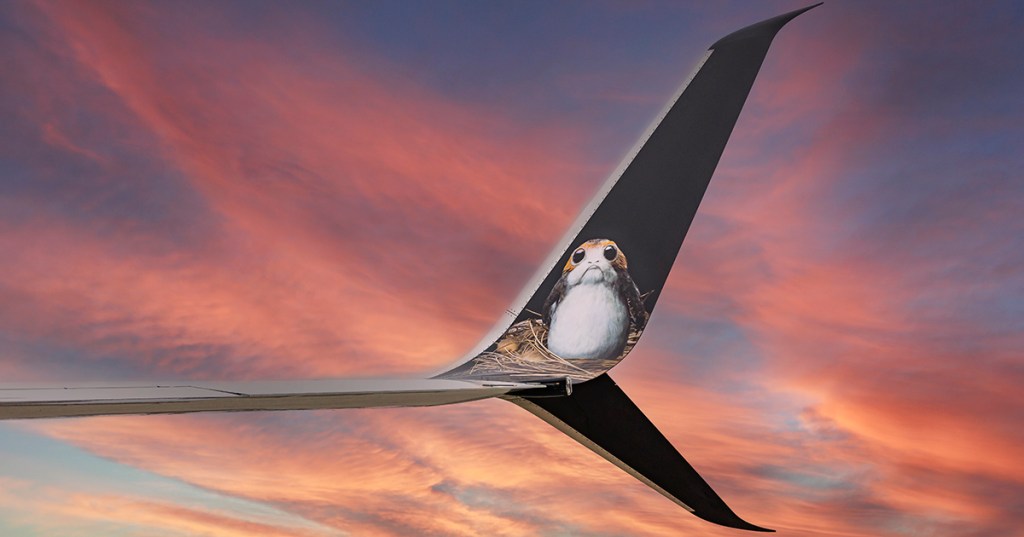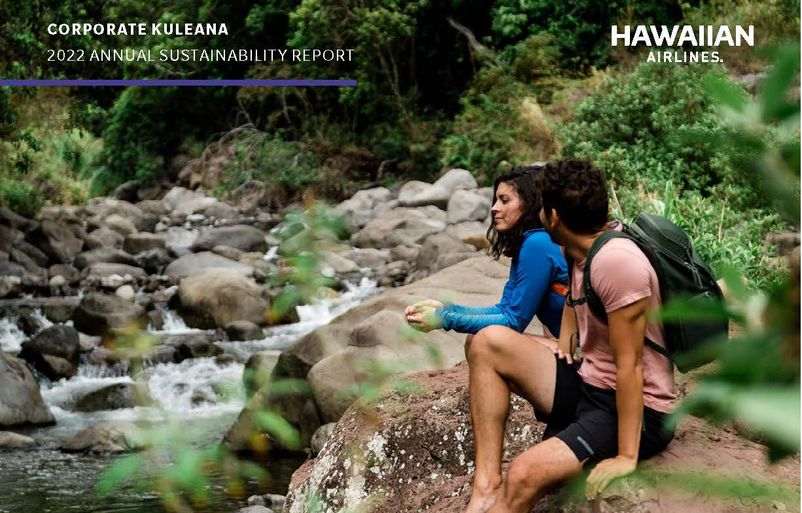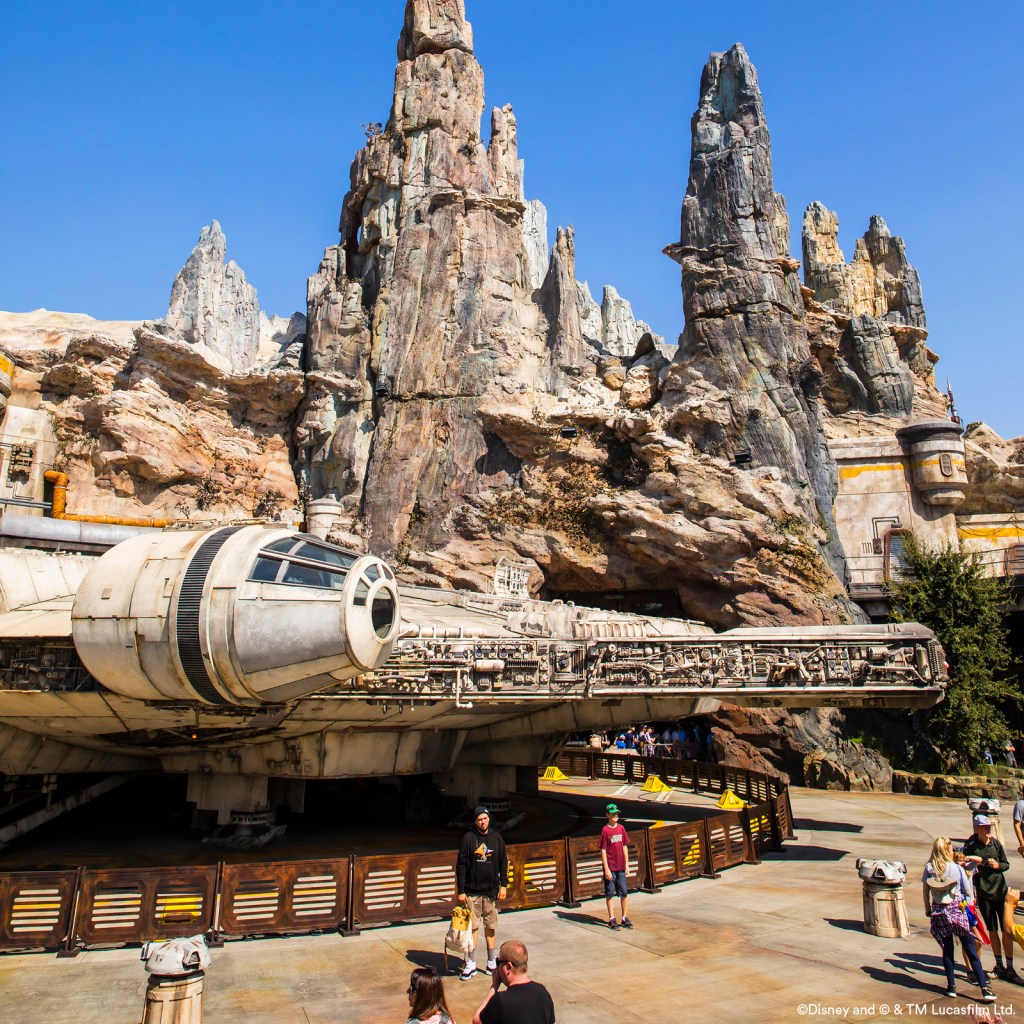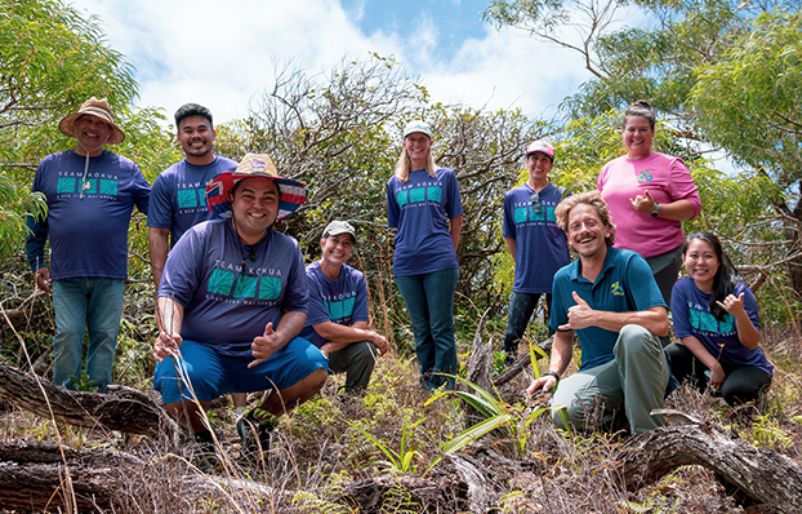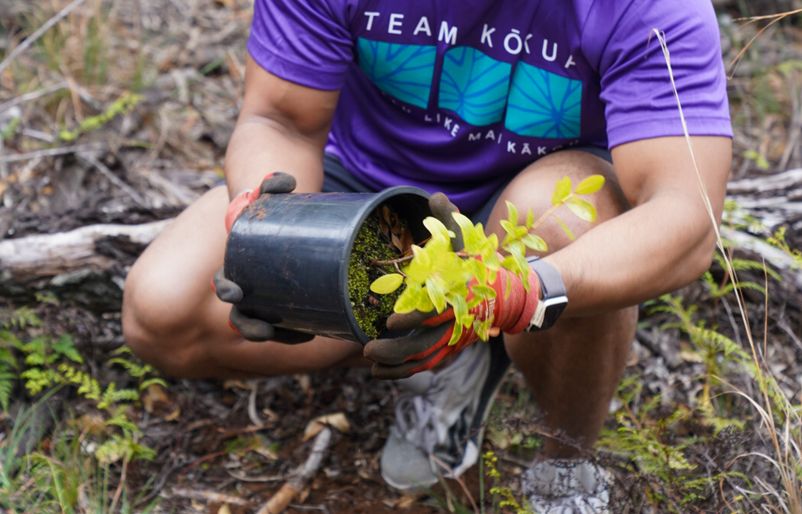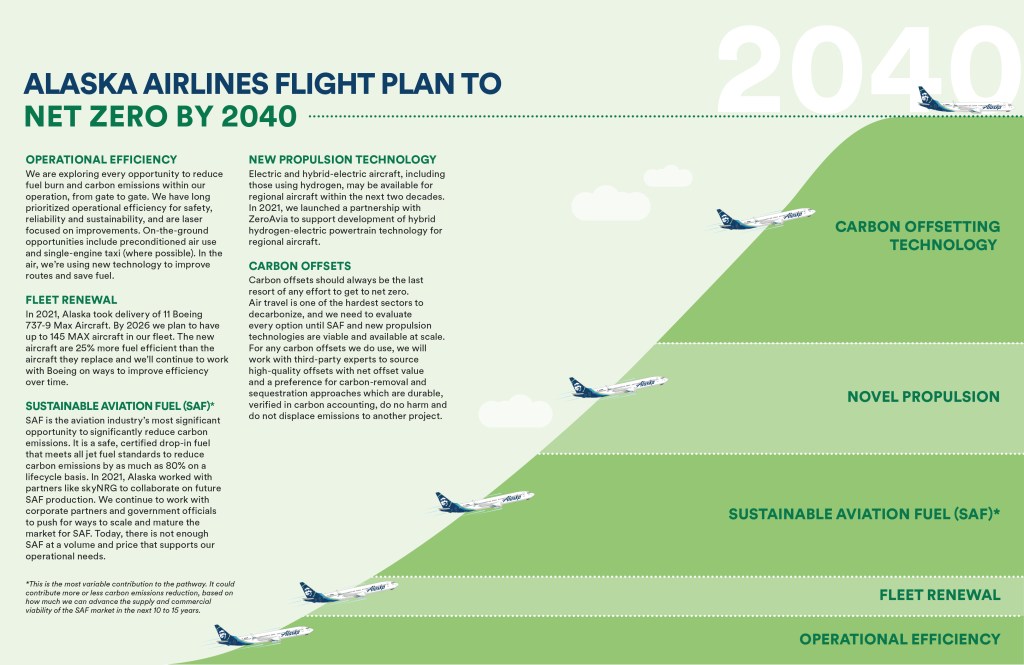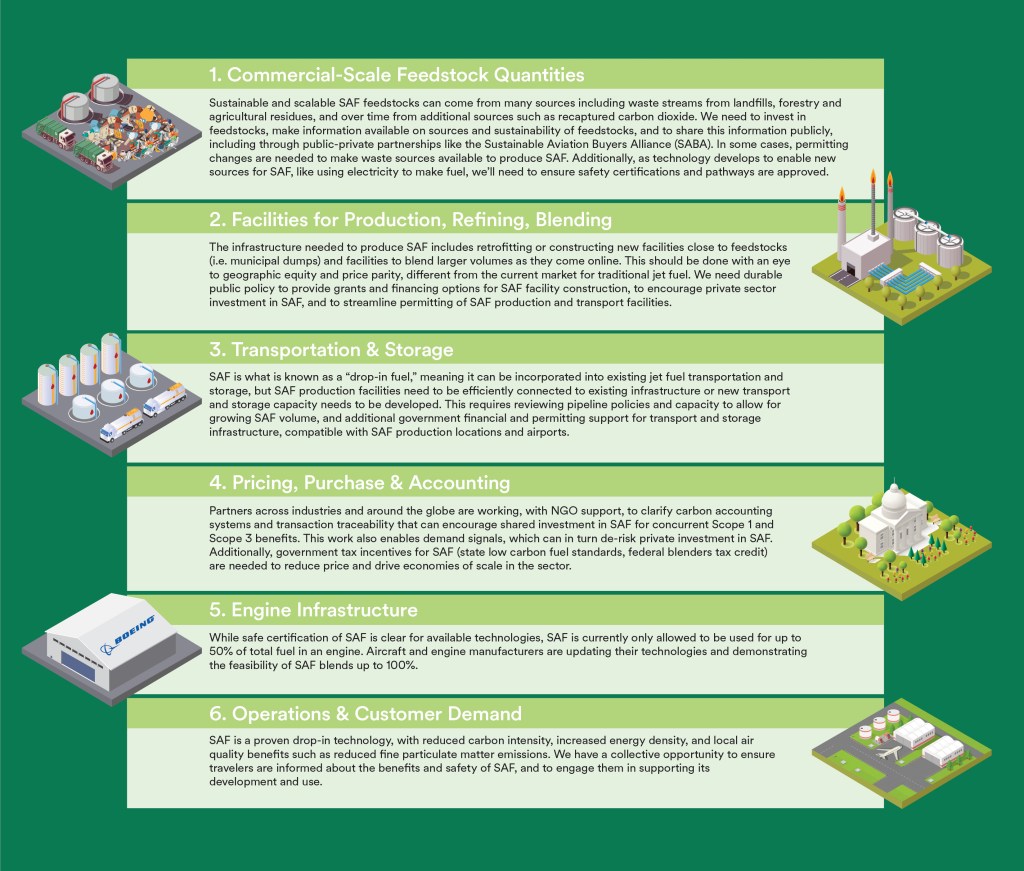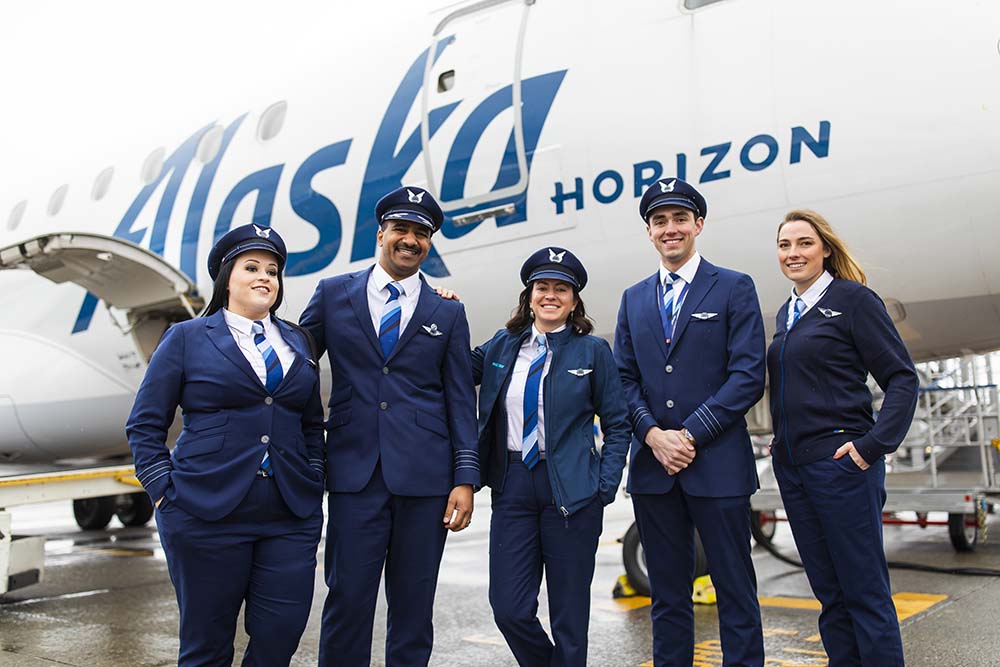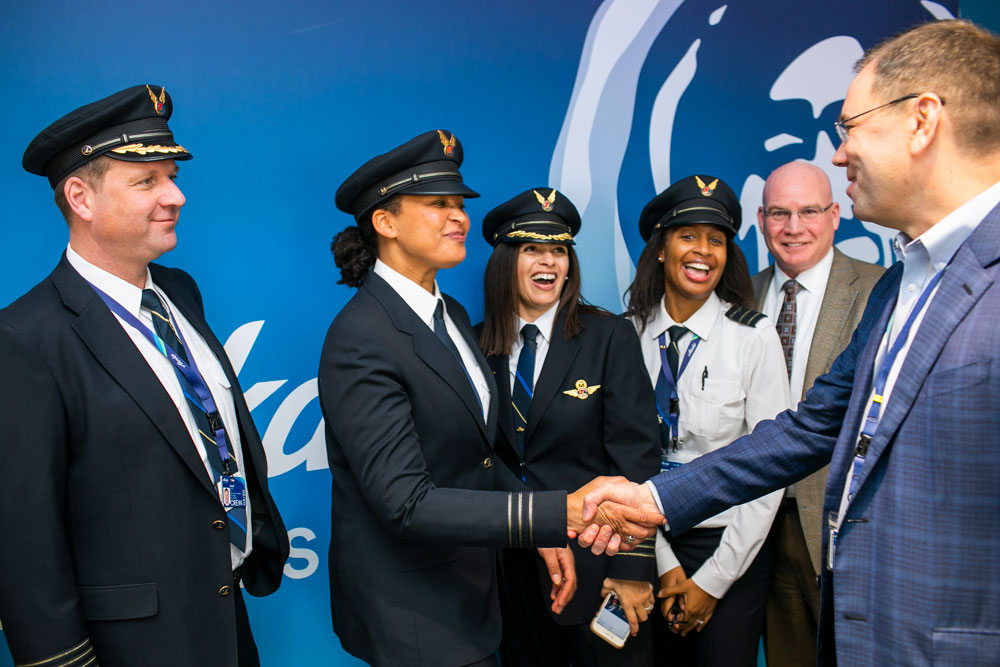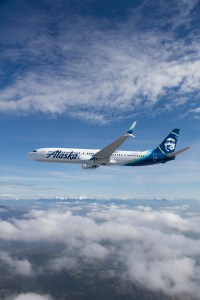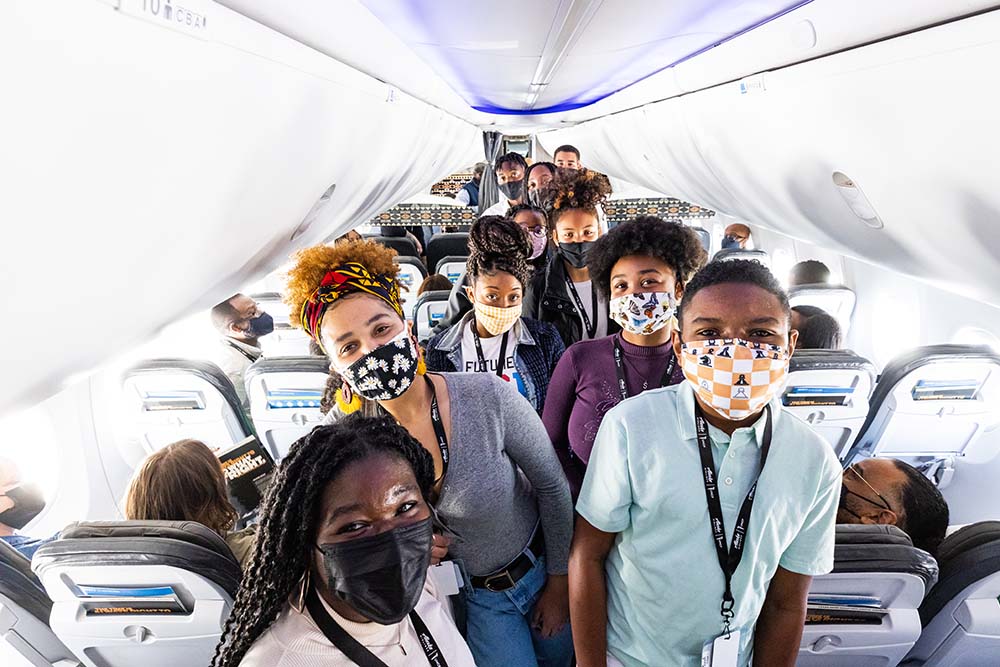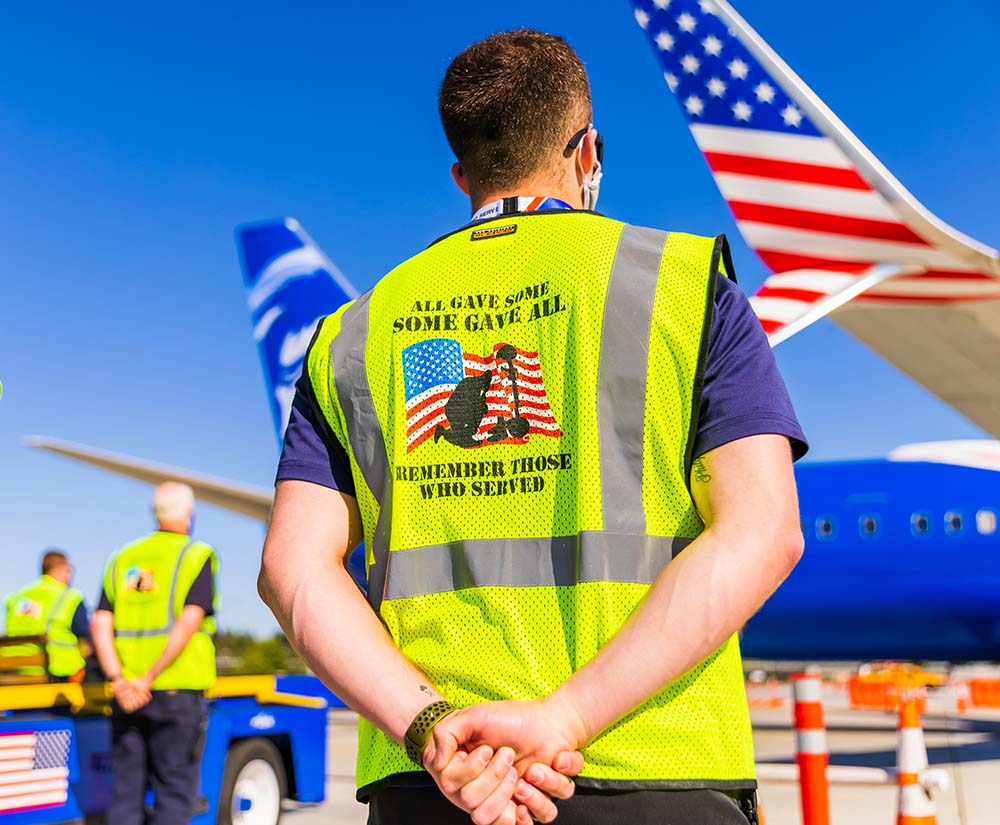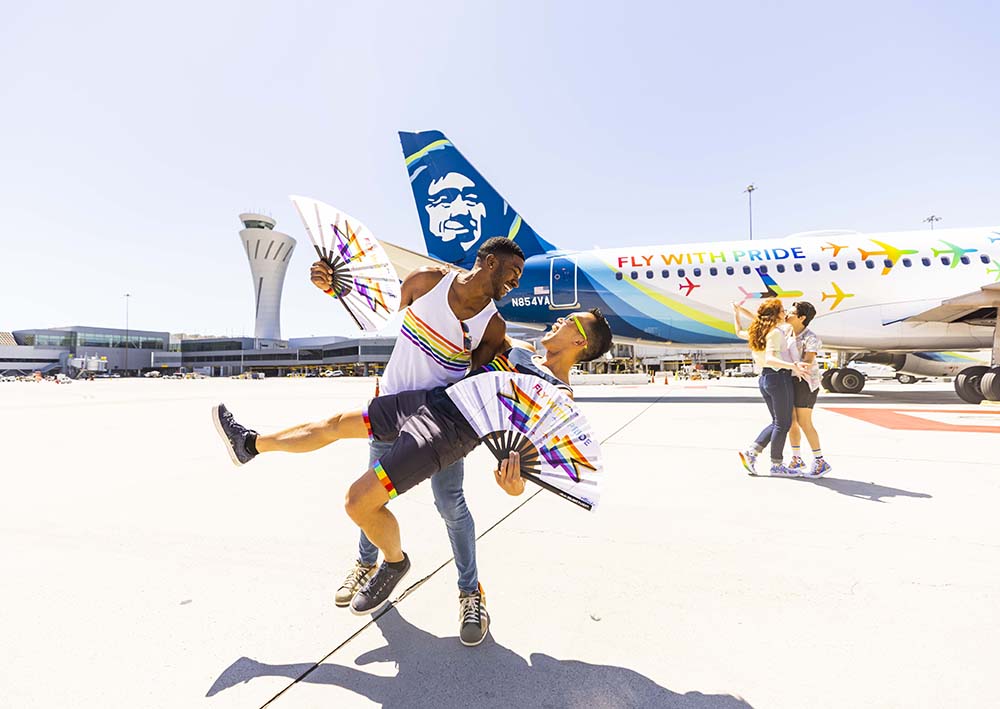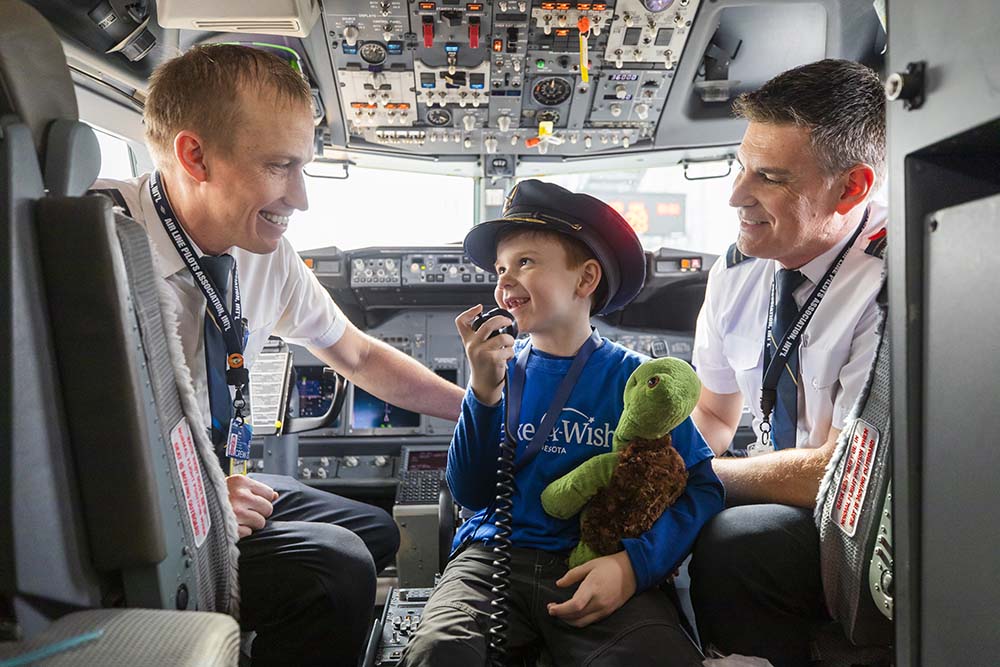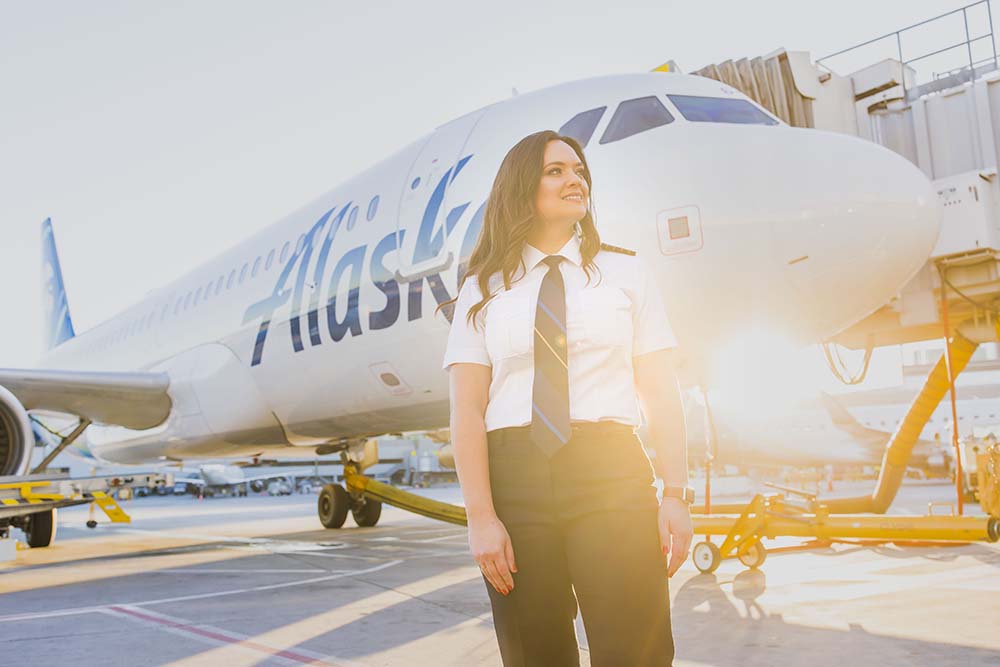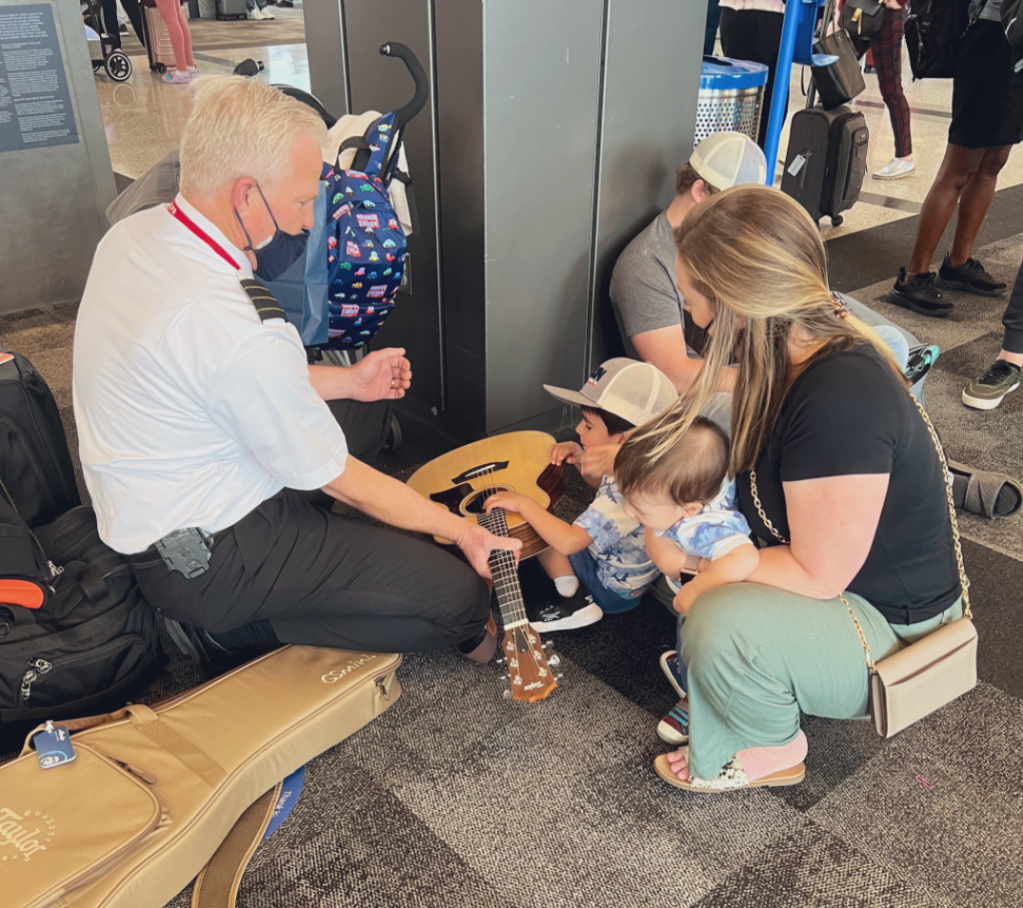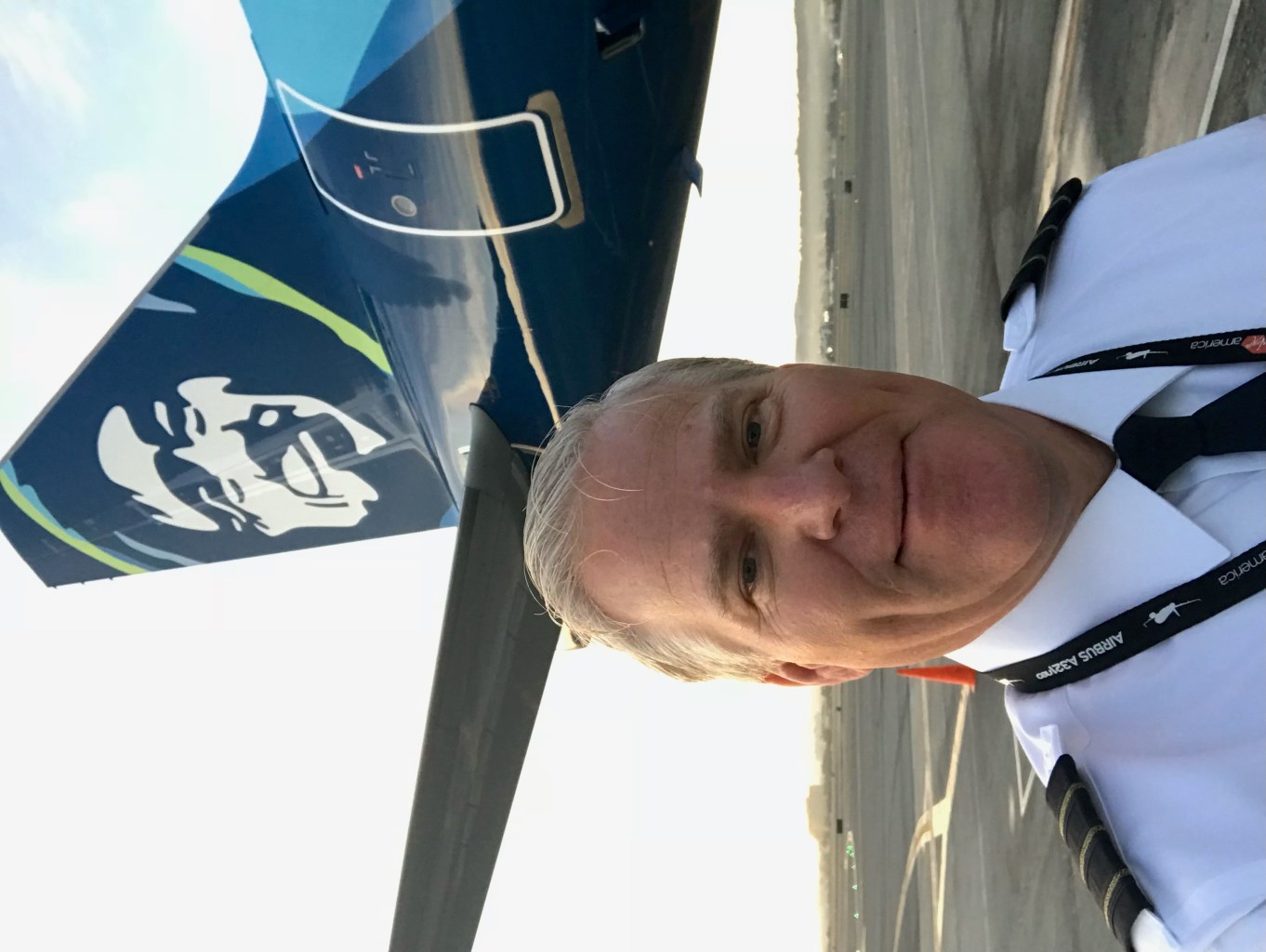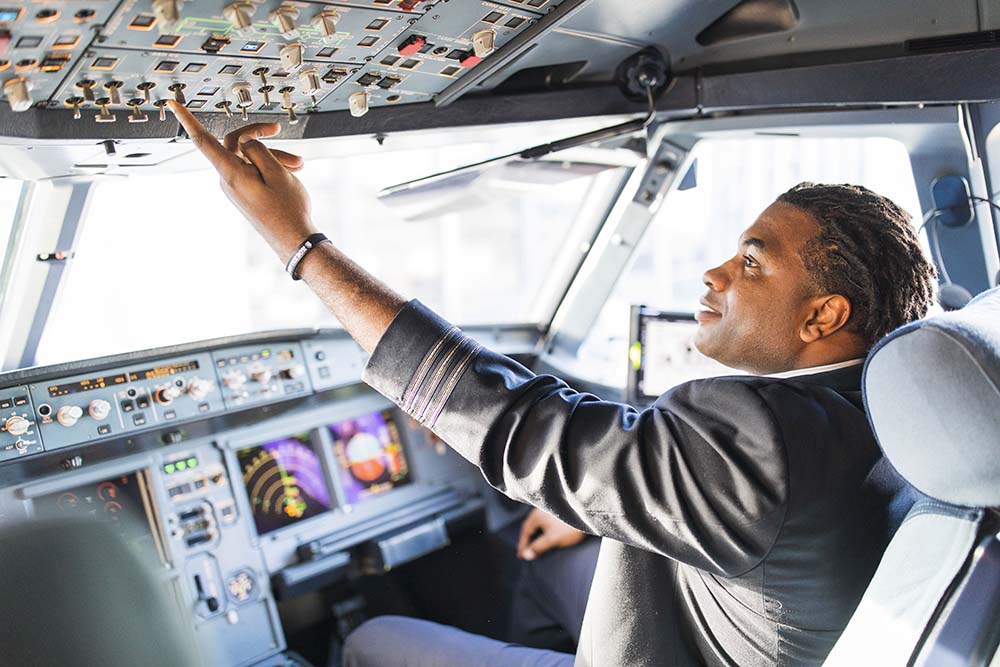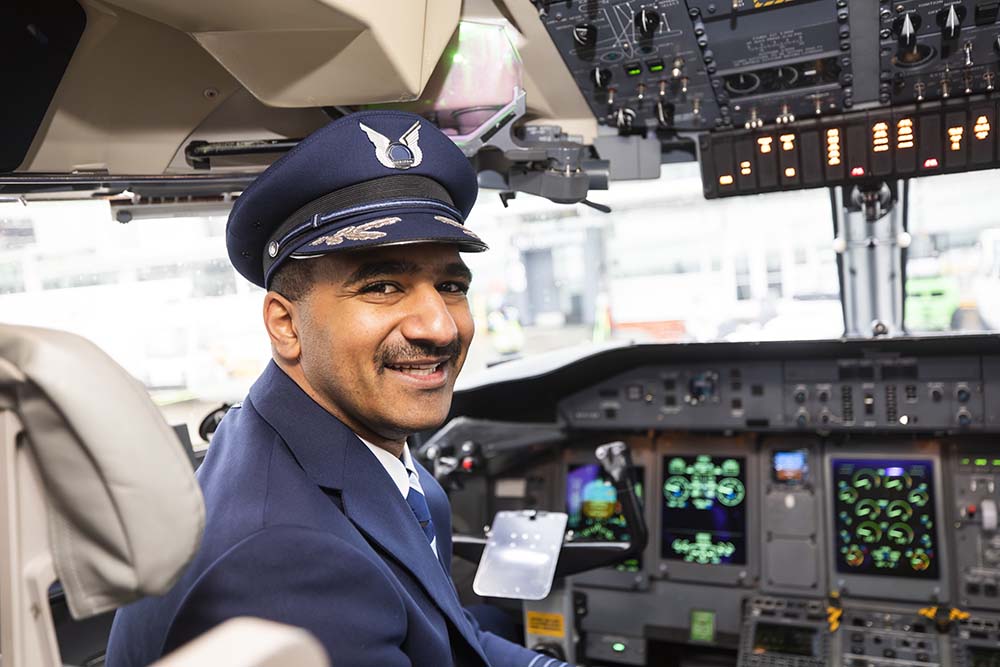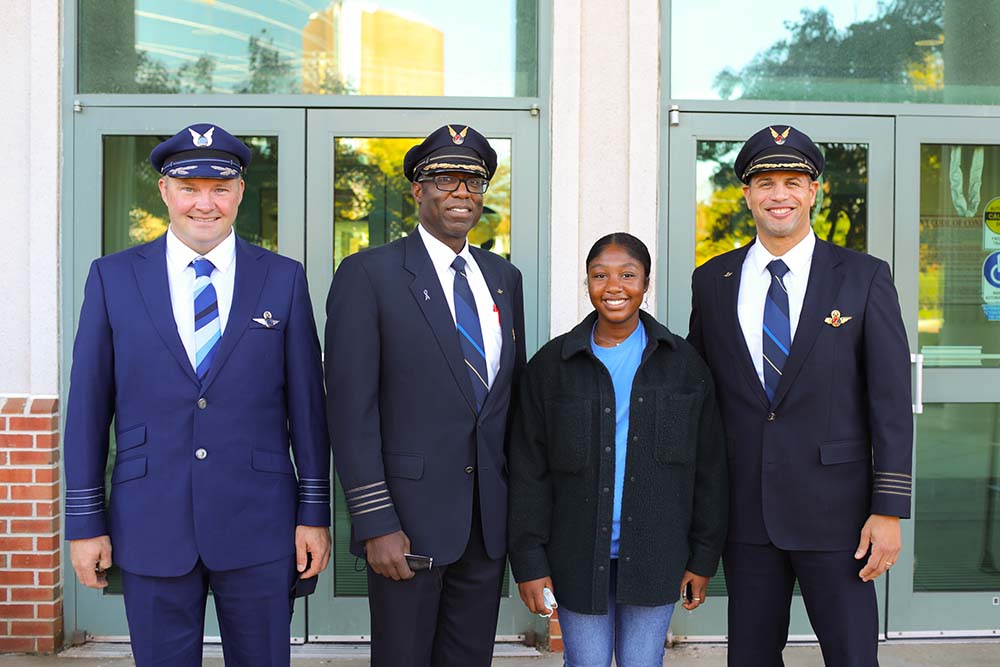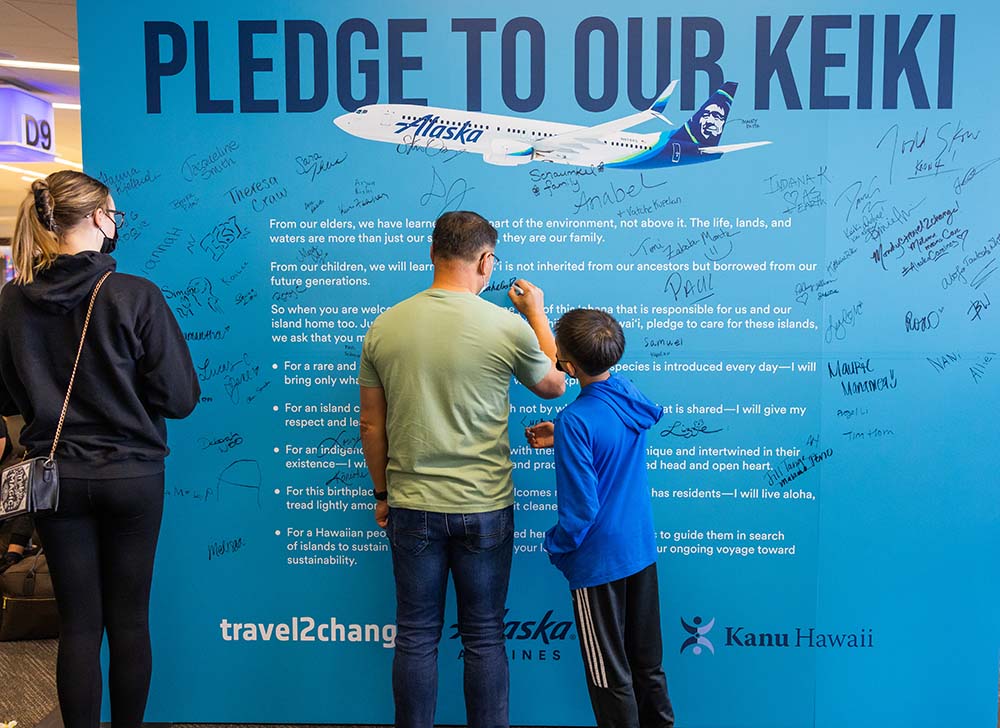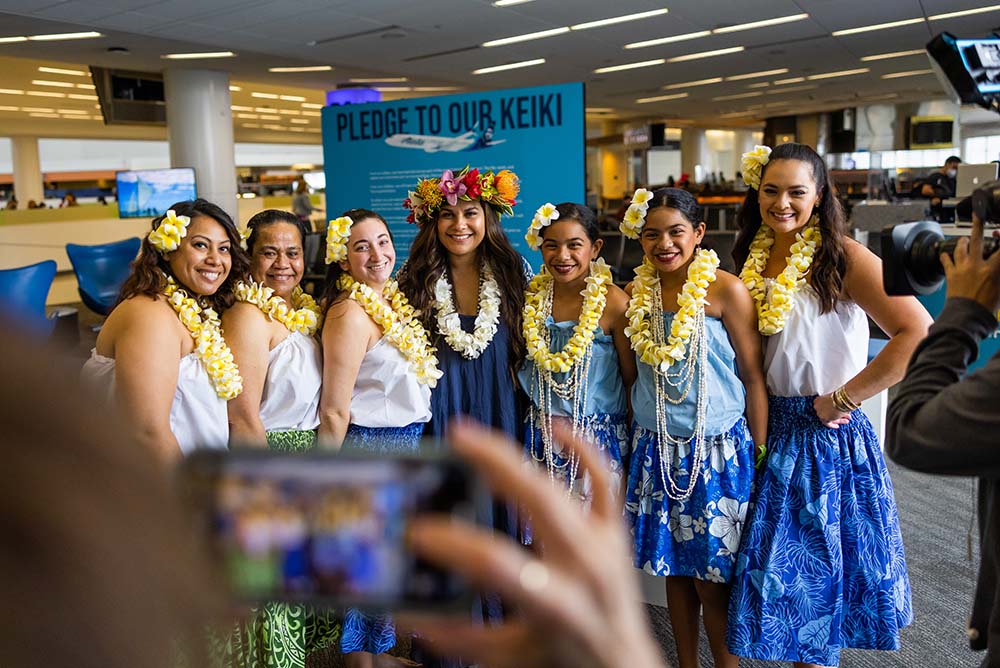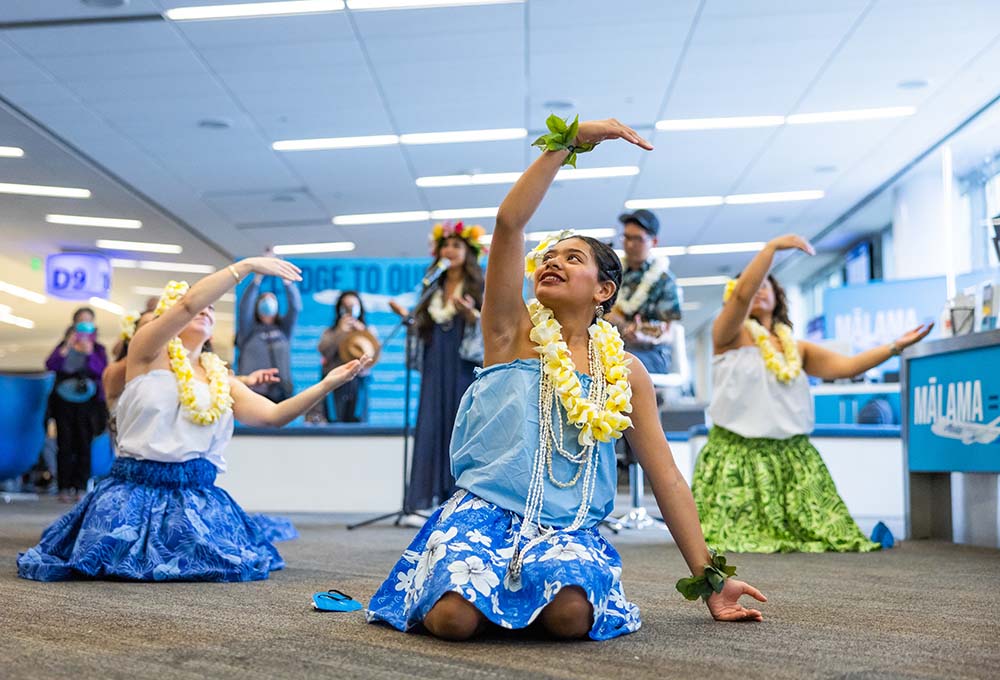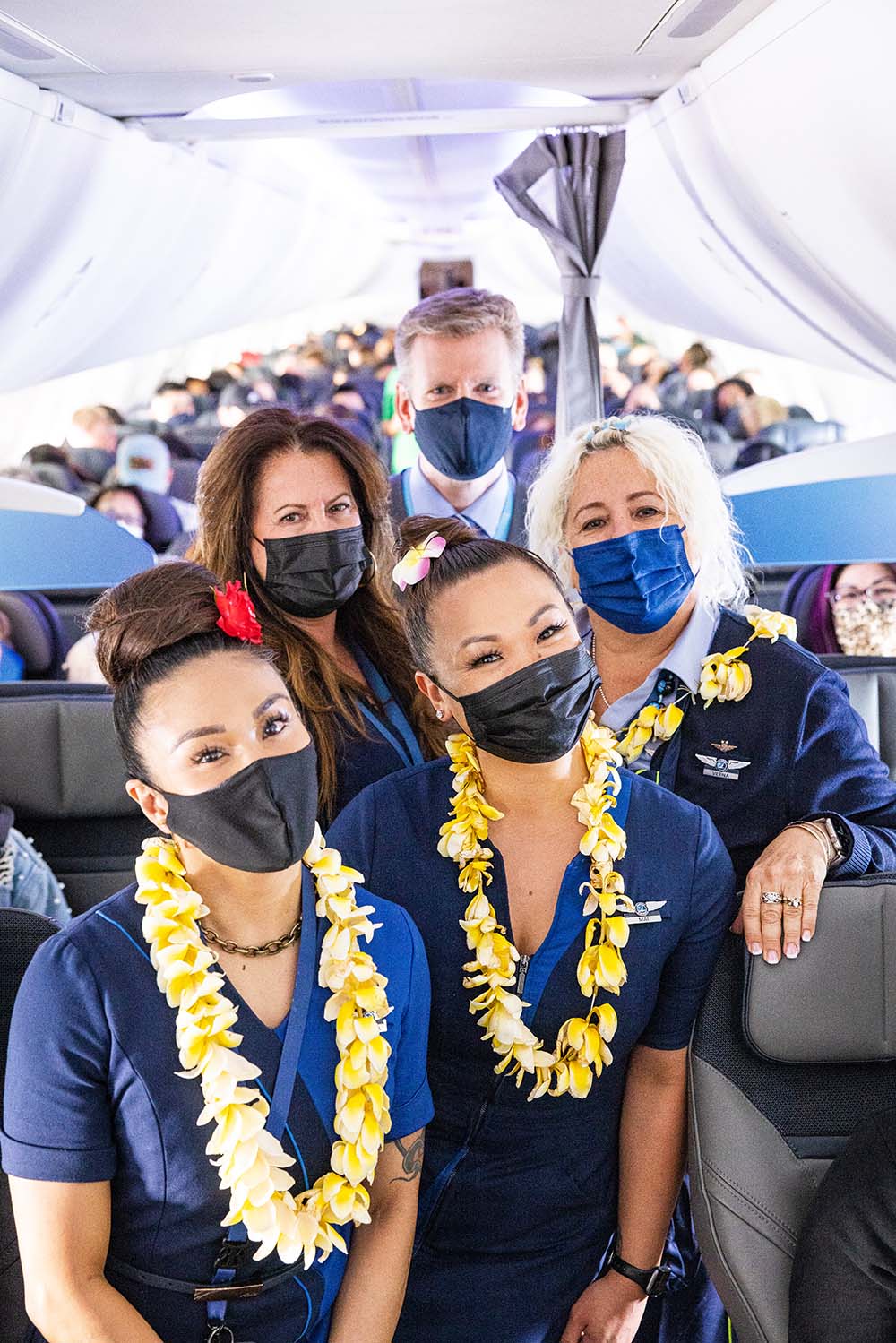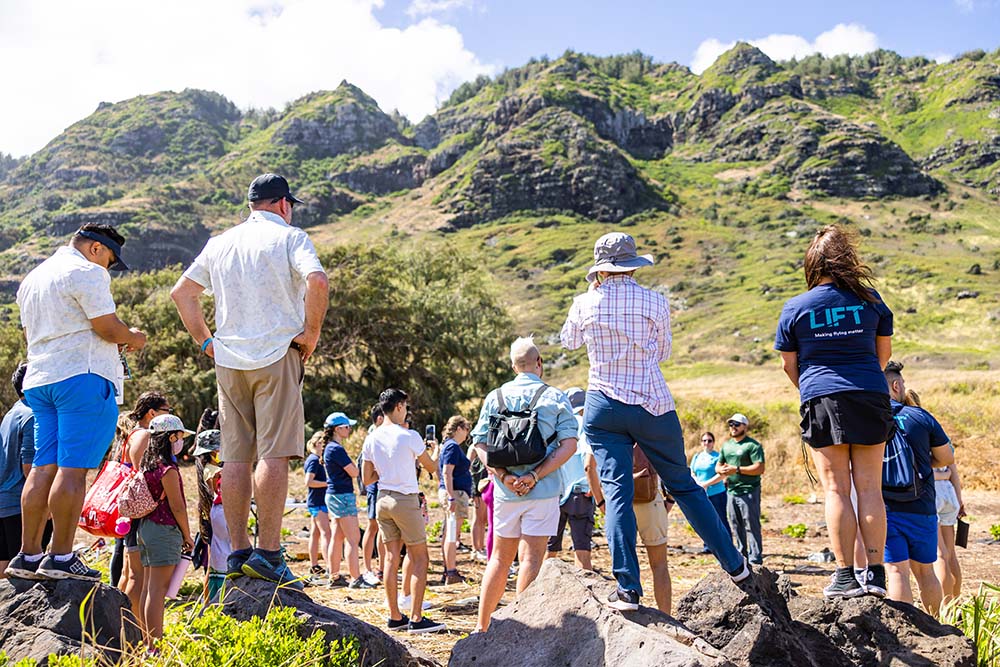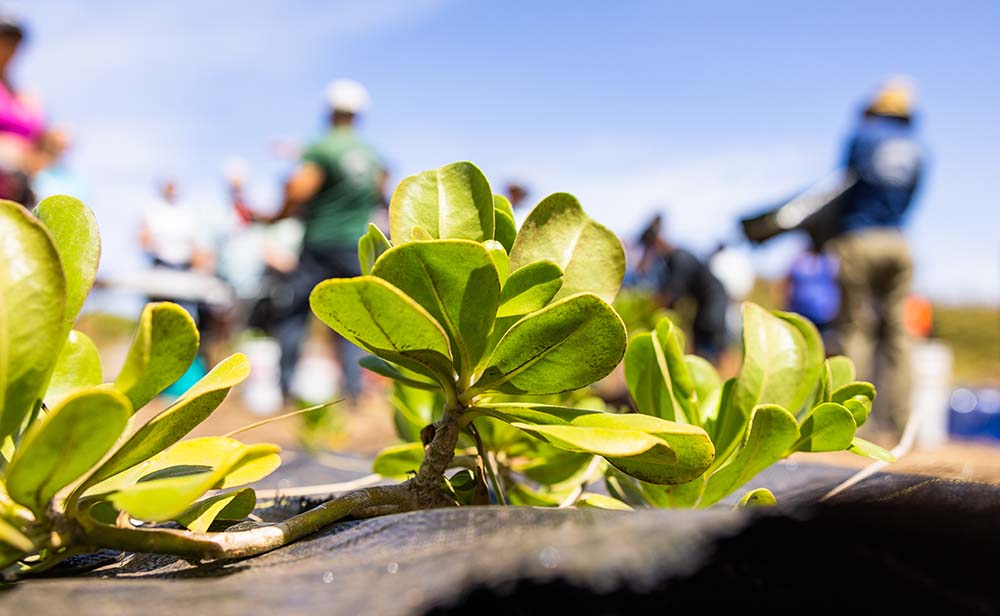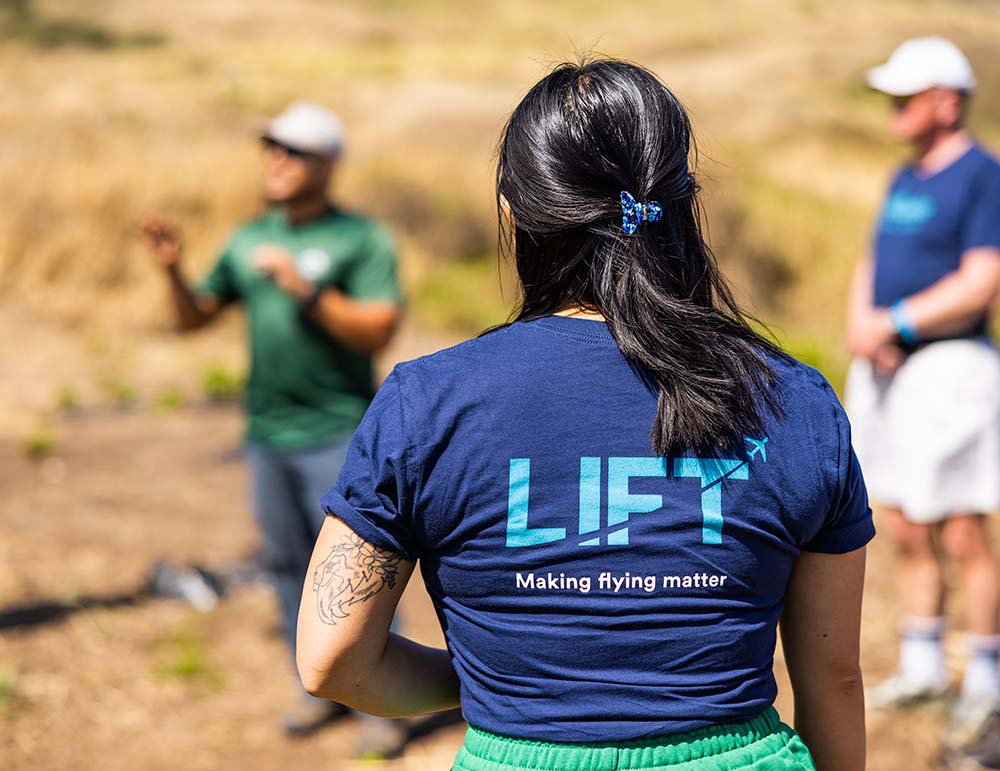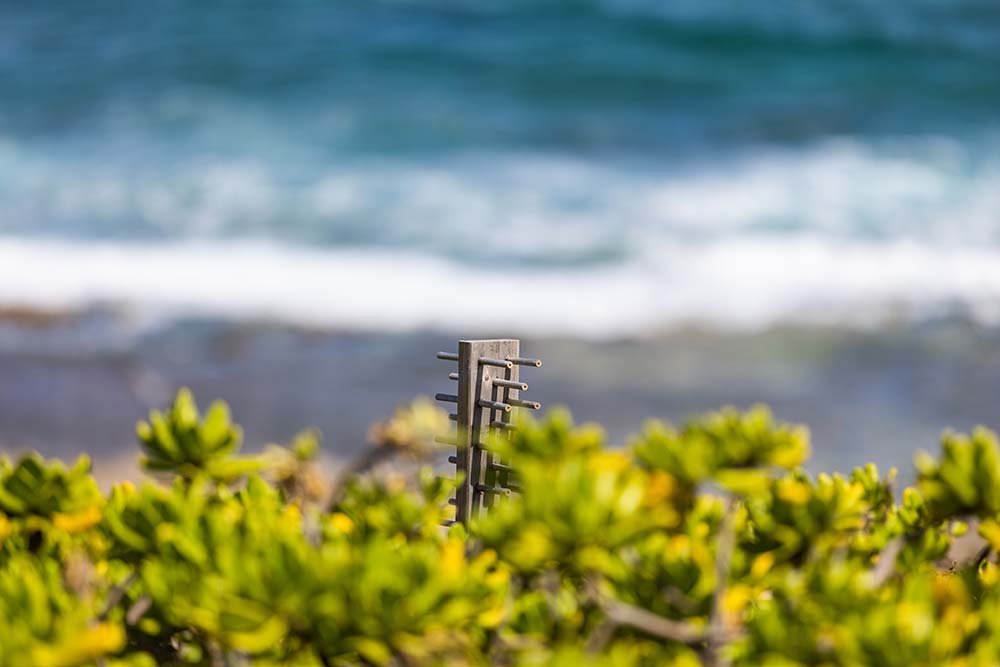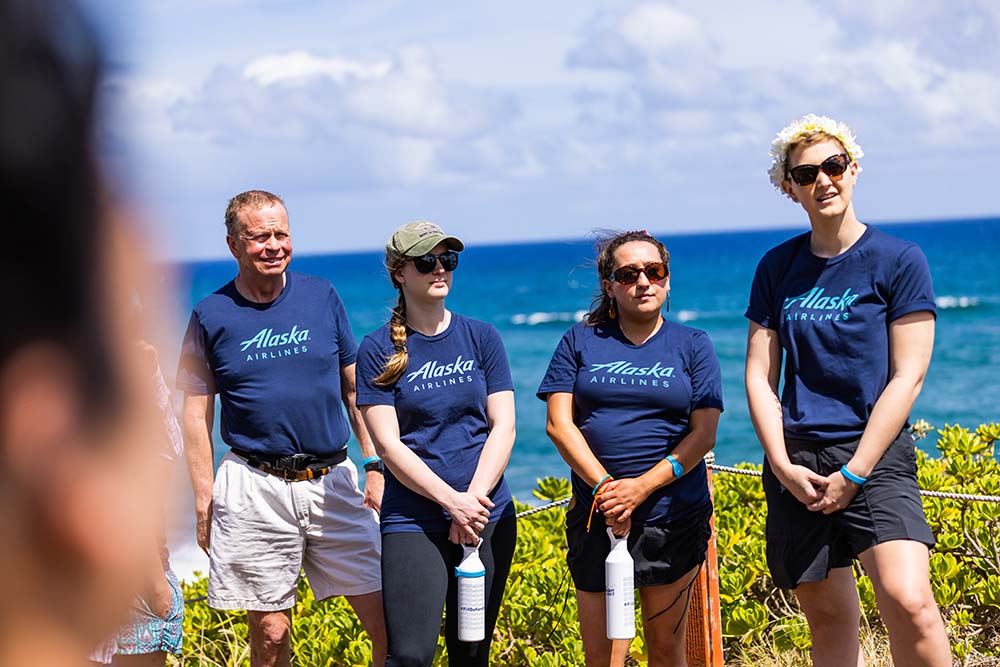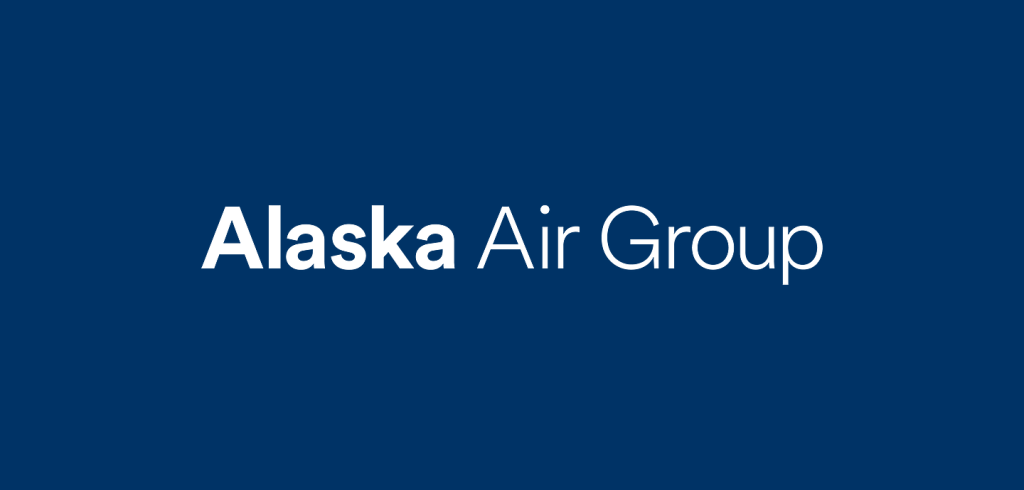HONOLULU — Hawaiian Holdings, Inc. (NASDAQ: HA) (the “Company”), parent company of Hawaiian Airlines, Inc. (“Hawaiian”), today reported its financial results for the first quarter of 2022.
“Strong demand for leisure travel to Hawai‘i is poised to propel our domestic revenue to record levels as the effects of the pandemic are more muted now than at any point in the past two years. Based on these trends, we anticipate a resurgence of international demand as restrictive travel policies continue to loosen,” said Hawaiian Airlines President and CEO Peter Ingram. "I am extremely proud of our wonderful team who are committed to connecting people with aloha."
Financial Results
First Quarter 2022
- The Company reported a GAAP net loss of $(122.8) million, and an adjusted net loss of $(130.3) million.
- The Company reported a GAAP EPS of $(2.39), and an adjusted EPS of $(2.54).
- The Company reported EBITDA of $(96.0) million, and adjusted EBITDA of $(105.5) million.
First Quarter 2022 Highlights
Revenue Environment
The Company experienced strengthening demand throughout its domestic network as the impacts of Omicron eased through the quarter and COVID-19 restrictions for travel to the State of Hawai‘i were lifted at the end of March. The Company's domestic premium products performed exceptionally well during the quarter, with both business/first class revenue and Extra Comfort revenue exceeding 2019 levels. The Company's overall operating revenue is down 27% from first quarter 2019 as its international network is still rebuilding.
Other revenue was up 32% compared to the first quarter of 2019 driven by a record quarter of cargo revenue and the highest first quarter revenue from HawaiianMiles sales.
Routes and Network
In March 2022, the Company announced the return of daily nonstop service between Oakland, California and Kona, Hawai‘i from June 15, 2022 to September 6, 2022. The Company will also be adding a second daily flight between San Francisco, California and Honolulu, Hawai‘i from May 15, 2022 to August 1, 2022.
In April 2022, the Company announced the resumption of three-times-weekly nonstop service between Auckland, New Zealand and Honolulu, Hawai‘i starting July 2, 2022 and a seasonal increase in frequency between Seoul, South Korea and Honolulu for the summer of 2022.
During the first quarter of 2022, the Company operated at 88% of its 2019 first quarter system capacity, comprised of 118%, 75% and 25% capacity on its North America, Neighbor Island and International routes, respectively.
The State of Hawai‘i ended its Safe Travels Hawai‘i restrictions on March 25, 2022, removing the requirement that domestic travelers complete a Safe Travels application, which included providing either proof of COVID-19 vaccination or a pre-travel negative COVID-19 test result, in order to avoid a required quarantine period upon entering Hawai‘i.
Countries in the Company's international network made several positive changes to their respective travel restrictions including the following:
- Australia lifted its remaining travel restrictions for visitors in February 2022 (restrictions were previously lifted for Australian citizens in December 2021);
- South Korea lifted quarantine restrictions with proof of vaccination, requiring only a negative COVID-19 test within 48 hours of travel beginning April 1, 2022;
- Japan ceased government required quarantine and increased allowable daily visitor arrivals to 10,000 beginning April 10, 2022; and
- Starting May 1, 2022, New Zealand's borders will reopen to vaccinated visitors from visa waiver countries, including the United States.
Liquidity and Capital Resources
As of March 31, 2022, the Company had:
- Unrestricted cash, cash equivalents and short-term investments of $1.6 billion
- $1.9 billion in liquidity, including its undrawn $235 million revolving credit facility
- Outstanding debt and finance lease obligations of $1.9 billion
- Air traffic liability of $761 million
Operational Excellence
The Company maintained its #1 national ranking for On-Time Performance for the 18th consecutive year in 2021, as reported in the U.S. Department of Transportation (DOT) Air Travel Consumer Report.
In March 2022, the Company opened a 3,000 square-foot line maintenance facility at Long Beach Airport in California to expand space for its aircraft mechanics to perform maintenance on its A321neo fleet which will enable greater operational flexibility.
In April 2022, the Company announced an agreement with SpaceX to deploy its Starlink satellite internet service on its long haul aircraft. The Company expects to launch complimentary inflight connectivity in 2023.
People
In February 2022, the Company's employees represented by the International Association of Machinists and Aerospace Workers ratified five-year contracts that provide for wage increases and important work rule changes for nearly 2,500 employees.
In April 2022, the Company's employees represented by the Transport Workers Union of America ratified a five-year contract that provides wage increases and important work rule changes for 55 employees.
In March 2022, the Company launched a statewide hiring campaign to recruit for hundreds of airport and operational positions, as well as administrative roles, to support the Company as it rebuilds its network back to 2019 levels.
Environmental, Social and Corporate Governance
The Company continues to focus on creating long-term value and positively impacting the people, the environment and the communities it serves. The Company will publish its third annual Corporate Kuleana report in May 2022, highlighting its Environmental, Social, and Governance commitments.
In April 2022, the Company announced a new partnership with Conservation International, which provides guests with the opportunity to purchase certified carbon offsets to offset their Hawaiian Airlines flight's carbon emissions. The Company has also committed to offsetting all future business travel by its employees on Hawaiian’s flights.
Second Quarter 2022 Outlook
The Company expects its capacity for the quarter ending June 30, 2022 to be down approximately 11.5% to 14.5% compared to the second quarter of 2019, mostly driven by the delay of the full restoration of its Japan network.
The Company expects its total revenue for the quarter ending June 30, 2022 to sequentially improve from the first quarter and be down approximately 8% to 12% compared to the second quarter of 2019 due to strong demand throughout its network.
The Company expects its CASM excluding fuel and non-recurring items for the quarter ending June 30, 2022 to be consistent with the first quarter at up approximately 16.5% to 19.5% compared to the second quarter of 2019.
The Company's outlook of adjusted EBITDA for the quarter ending June 30, 2022 is $(50) million to $10 million, which reflects the resilient demand for Hawai‘i travel as the Company continues to rebuild its network.
The table below summarizes the Company's expectations for the quarter ending June 30, 2022 expressed as an expected percentage change compared to the results for the quarter ended June 30, 2019.
|
Item
|
|
Second Quarter 2022 Guidance
|
|
GAAP Equivalent
|
|
GAAP Second Quarter 2022 Guidance
|
|
ASMs
|
|
Down 11.5% to 14.5%
|
|
|
|
|
|
Total Revenue
|
|
Down 8% to 12%
|
|
|
|
|
|
Costs per ASM excluding fuel and non-recurring items (a)
|
|
Up 16.5% to 19.5%
|
|
Costs per ASM (a)
|
|
Up 27.8% to 30.2%
|
|
Gallons of Jet Fuel Consumed
|
|
Down 14.5% to 17.5%
|
|
|
|
|
|
Fuel Price per Gallon (b)
|
|
$3.59
|
|
|
|
|
|
Adjusted EBITDA (c)
|
|
$(50) million to $10 million
|
|
Net Income (c)
|
|
|
|
Effective Tax Rate
|
|
~21%
|
|
|
|
|
(a) See Table 3 for a reconciliation of GAAP operating expenses to operating expenses excluding fuel and non-recurring items.
(b) Fuel Price per Gallon estimates are based on the April 21, 2022 fuel forward curve.
(c) The Company is not providing a reconciliation of adjusted EBITDA to GAAP net income, the most directly comparable GAAP measure, as it is unable, without unreasonable efforts, to calculate certain special and non-recurring charges, which could have a significant impact on the GAAP measure.
Statistical information, as well as a reconciliation of certain non-GAAP financial measures, can be found in the accompanying tables.
Full Year 2022 Outlook
The Company is suspending guidance for the year ending December 31, 2022 due to the continuing uncertainty surrounding the timing of the full resumption of its international network due to foreign government travel restrictions. The Company intends to resume providing full-year guidance when there is greater clarity related to its international markets.
Investor Conference Call
Hawaiian Holdings’ quarterly results conference call is scheduled to begin today, April 26, 2022, at 4:30 p.m. Eastern Time (USA). The conference call will be broadcast live over the Internet. Investors may access and listen to the live audio webcast on the investor relations section of the Company’s website at HawaiianAirlines.com. For those who are not available for the live webcast, a replay of the webcast will be archived for 90 days on the investor relations section of the Company's website.
About Hawaiian Airlines
Hawaiian® has led all U.S. carriers in on-time performance for each of the past 18 years (2004-2021) reported by the U.S. Department of Transportation and was named the #1 U.S. airline by Condé Nast Traveler's 2021 Readers Choice Awards. Consumer surveys by Travel + Leisure and TripAdvisor have placed Hawaiian among the top of all domestic airlines serving Hawai‘i.
Now in its 93rd year of continuous service, Hawaiian is Hawaiʻi's biggest and longest-serving airline. Hawaiian offers approximately 130 daily flights within the Hawaiian Islands, daily nonstop flights between Hawaiʻi and 16 U.S. gateway cities – more than any other airline – as well as service connecting Honolulu and American Samoa, Australia, Japan, New Zealand, South Korea and Tahiti.
The airline is committed to connecting people with aloha by offering complimentary meals for all guests on transpacific routes and the convenience of no change fees on Main Cabin and Premium Cabin seats. HawaiianMiles members also enjoy flexibility with miles that never expire. As Hawai‘i’s hometown airline, Hawaiian encourages guests to Travel Pono and experience the islands safely and respectfully.
Hawaiian Airlines, Inc. is a subsidiary of Hawaiian Holdings, Inc. (NASDAQ: HA). Additional information is available at HawaiianAirlines.com. Follow Hawaiian's Twitter updates (@HawaiianAir), become a fan on Facebook (Hawaiian Airlines), and follow us on Instagram (hawaiianairlines). For career postings and updates, follow Hawaiian's LinkedIn page.
For media inquiries, please visit Hawaiian Airlines' online newsroom.
Forward-Looking Statements
This press release contains “forward-looking statements” within the meaning of the Private Securities Litigation Reform Act of 1995 that reflect the Company’s current views with respect to certain current and future events and financial performance. Such forward-looking statements include, without limitation, the Company's ability, timing and progress in recovering from the impacts of COVID-19 pandemic; future domestic and international demand for air travel; the Company's future routes and network changes; changes to COVID-19 related travel restrictions in various jurisdictions; operational flexibility generated from the Company's line maintenance base in Long Beach Station; the Company's in-flight connectivity partnership with SpaceX; the Company's statewide hiring campaign; the Company's environmental commitments, including related to emissions and offsets; the Company's timing for publishing its Kuleana report; the Company’s outlook for the first fiscal quarter and resumption of the Company's fiscal year 2022; and statements as to other matters that do not relate strictly to historical facts or statements of assumptions underlying any of the foregoing. Words such as “expects,” “anticipates,” “projects,” “intends,” “plans,” “believes,” “estimates,” variations of such words, and similar expressions are also intended to identify such forward-looking statements. These forward-looking statements are and will be subject to many risks, uncertainties and assumptions relating to the Company’s operations and business environment, all of which may cause the Company’s actual results to be materially different from any future results, expressed or implied, in these forward-looking statements. These risks and uncertainties include, without limitation, the continuing and developing effects of the spread of COVID-19 on the Company's business operations and financial condition; whether the Company's cost-cutting plans related to the COVID-19 pandemic will be effective or sufficient; the duration of government-mandated and other restrictions on travel; the full effect that the quarantine, restrictions on travel and other measures to limit the spread of COVID-19 will have on demand for air travel in the markets in which the Company operates; fluctuations and the extent of declining demand for air transportation in the markets in which the Company operates; the Company's dependence on the tourism industry; the Company's ability to generate sufficient cash and manage its available cash; the Company’s ability to accurately forecast economic volatility; macroeconomic developments; political developments; geopolitical conflict; the price and availability of aircraft fuel; labor negotiations; supply chain constraints; regulatory determinations and related developments; competitive pressures, including the impact of industry capacity between North America and Hawai‘i and interisland; changes in the Company's future capital needs; and foreign currency exchange rate fluctuations.
The risks, uncertainties and assumptions referred to above that could cause the Company’s results to differ materially from the results expressed or implied by such forward-looking statements also include the risks, uncertainties and assumptions discussed from time to time in the Company’s other public filings and public announcements, including the Company’s Annual Report on Form 10-K and the Company’s Quarterly Reports on Form 10-Q, as well as other documents that may be filed by the Company from time to time with the Securities and Exchange Commission. All forward-looking statements included in this document are based on information available to the Company on the date hereof. The Company does not undertake to publicly update or revise any forward-looking statements to reflect events or circumstances that may arise after the date hereof even if experience or future changes make it clear that any projected results expressed or implied herein will not be realized.
The Company evaluates its financial performance utilizing various GAAP and non-GAAP financial measures, including adjusted net income (loss), adjusted operating expenses, adjusted diluted net income (loss) per share (EPS), CASM, PRASM, RASM, Passenger Revenue per RPM, and Adjusted EBITDA. Pursuant to Regulation G, the Company has included the following reconciliation of reported non-GAAP financial measures to comparable financial measures reported on a GAAP basis. The adjustments are described below:
The Company believes that adjusting for the impact of the recognition of grant proceeds, changes in fair value of fuel and foreign currency derivative contracts, fluctuations in exchange rates on debt instruments denominated in foreign currency, CBA ratification bonus, and the loss recognized on the extinguishment of debt helps investors better analyze the Company's operational performance and compare its results to other airlines in the periods presented.
The Company believes that adjusting earnings for interest, taxes, depreciation and amortization, non-recurring operating expenses (such as changes in unrealized gains and losses on financial instruments) and one-time charges helps investors better analyze the Company's financial performance by allowing for company-to-company and period-over-period comparisons that are unaffected by company-specific or one-time occurrences.
The Company has separately listed in the table below its fuel costs per ASM and non-GAAP unit costs, excluding fuel and non-recurring items. These amounts are included in CASM, but for internal purposes the Company consistently uses cost metrics that exclude fuel and non-recurring items (if applicable) to measure and monitor its costs.


